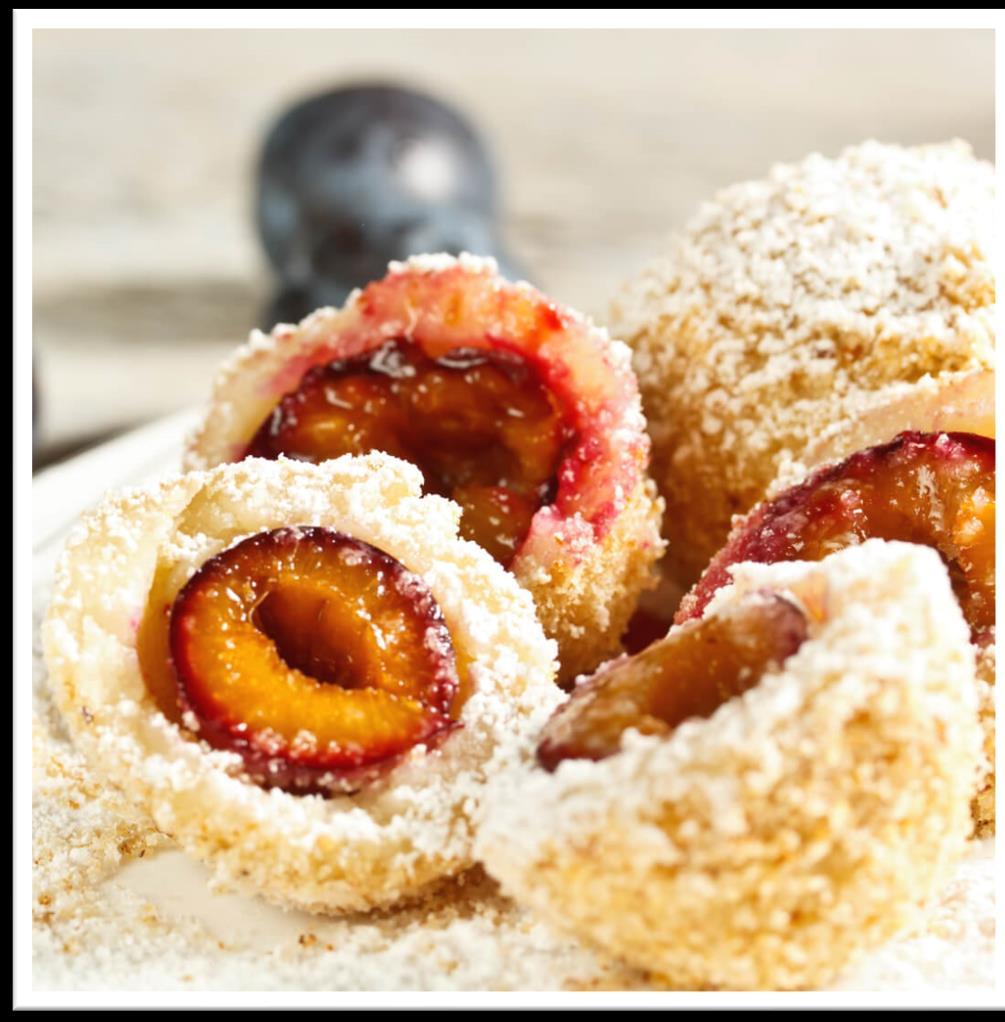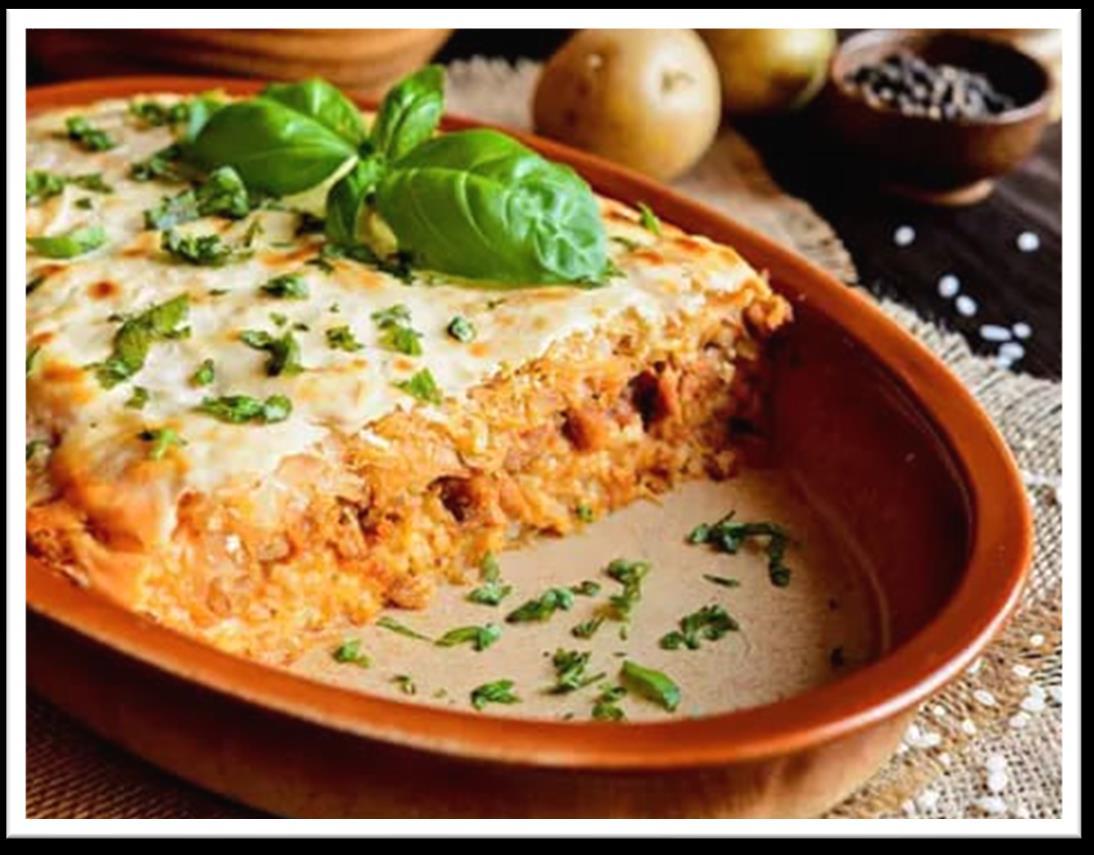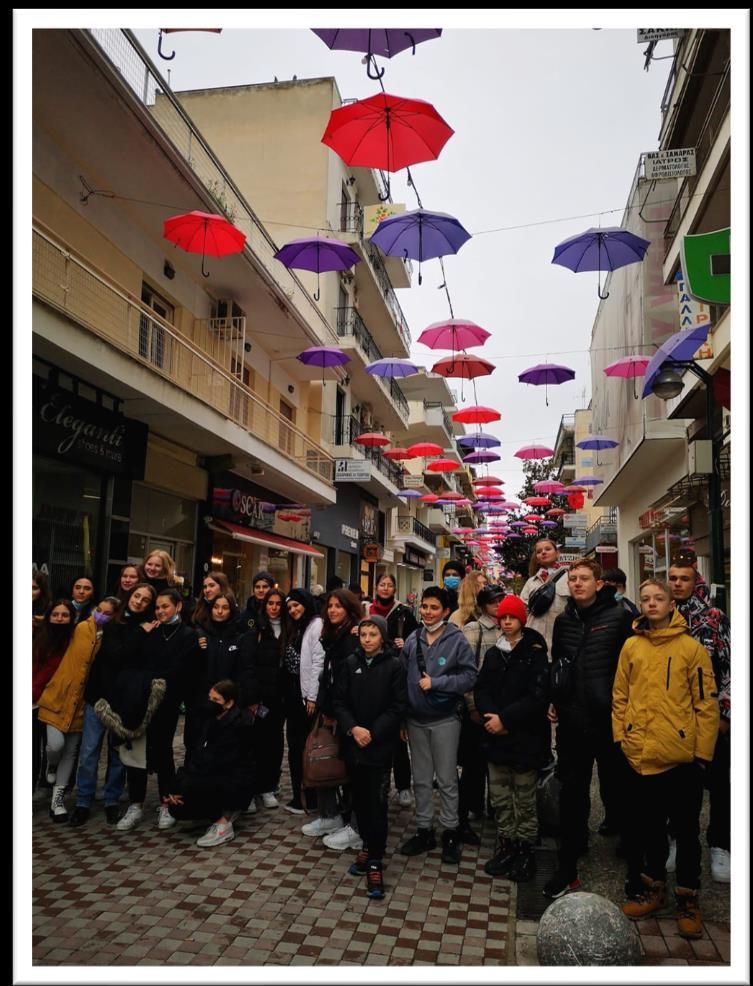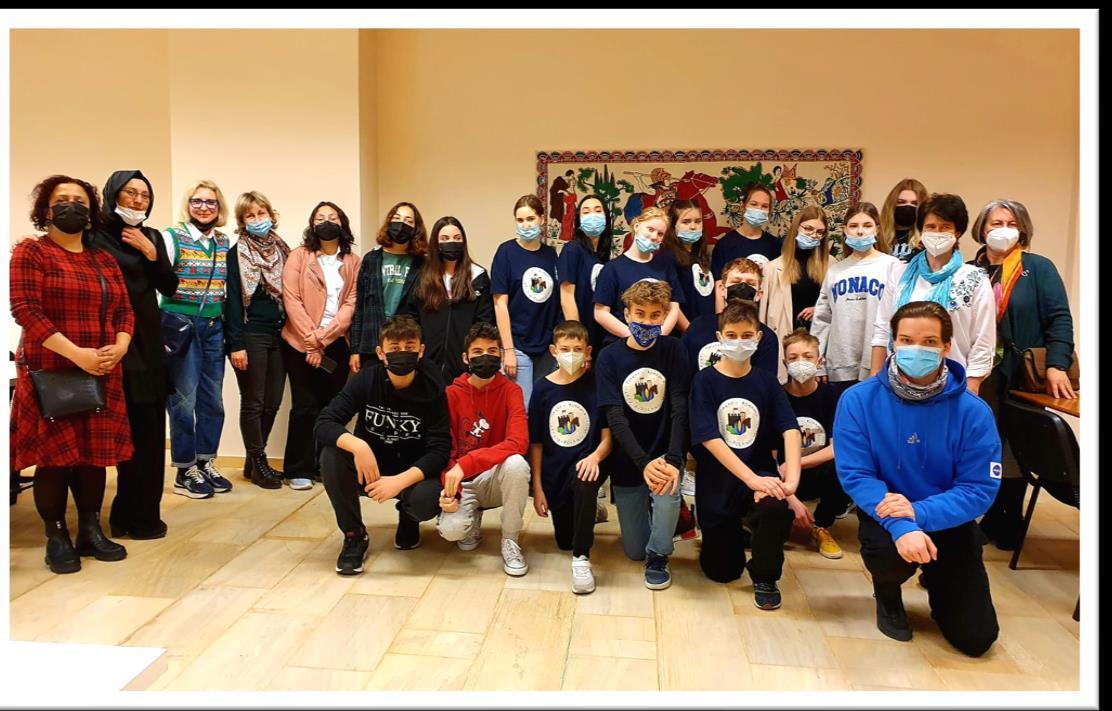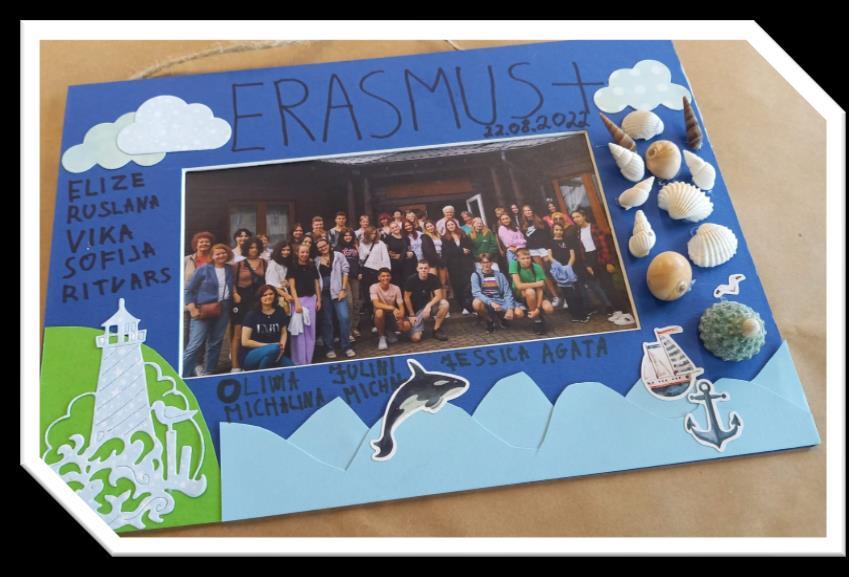






















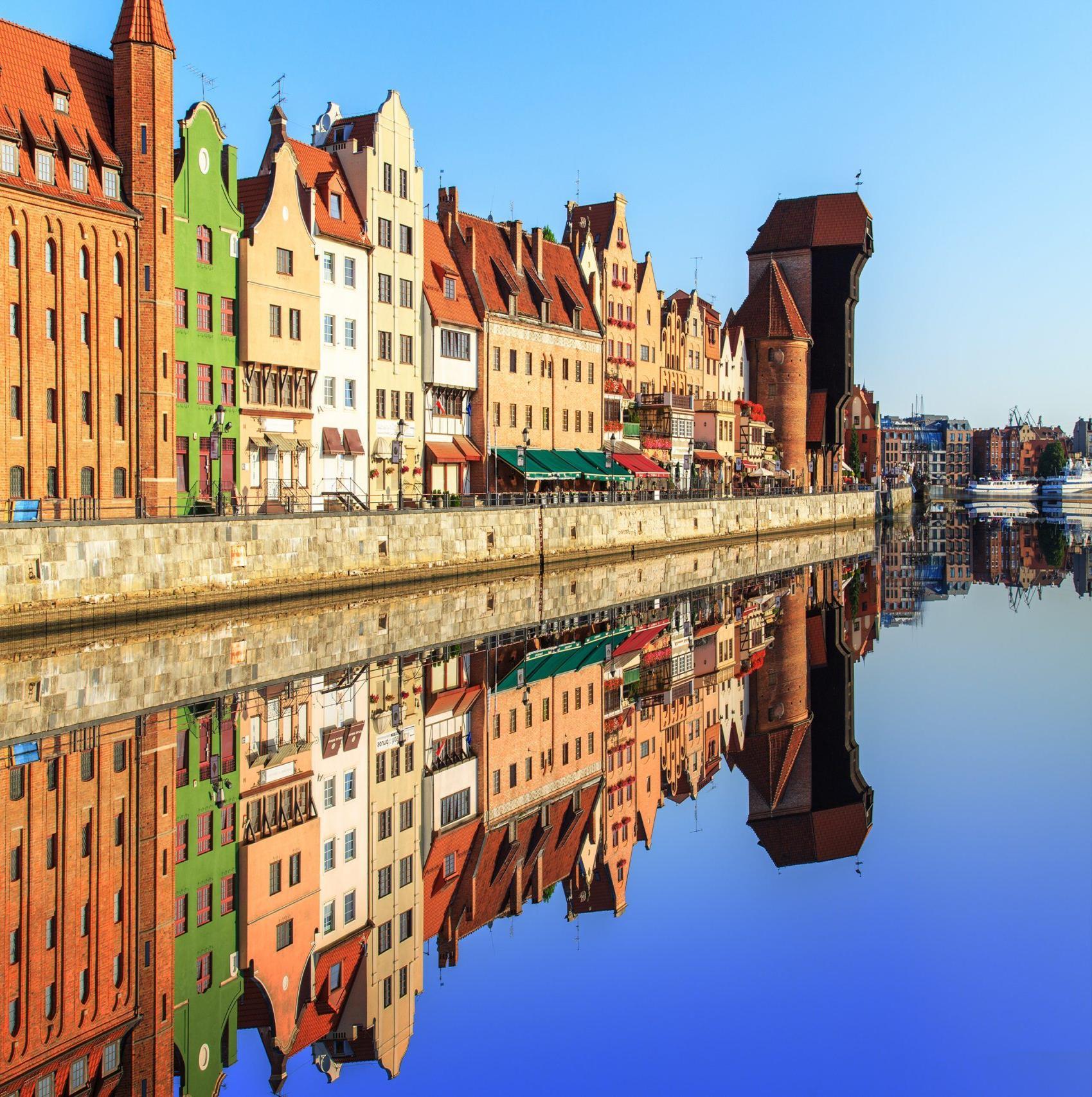
We live in Mosty, in Kosakowo Community in the Tricity, which consists of Sopot, Gdynia and Gdańsk. We have access to the Baltic Sea and that is why in our region we eat a lot of fishes.
Trialcity is tourist friendly old town in Gdansk or pier in Sopot are one of the most famous things in the whole Poland.
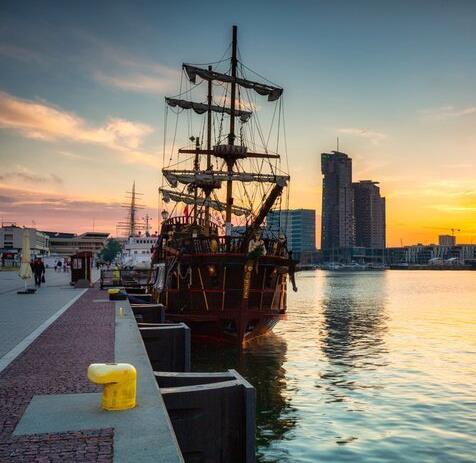

Tricity is very famous place in Polamd- every year a lot of people visit it. It is made of 3 cities- Gdansk, Gdynia and Sopot, and every town have access to the Baltic sea. Gdansk is in top 3 biggest towns in Poland. This place have a big, interesting history and past. You can get to know about it in old city- most famous part of Gdansk. Also there is a beach- Westerplatte. It is very important place, because world war II started there.
In Gdynia you can see bulwar and Sea tower. There is also a big ship that is a museum named like a gift from the sea ( dar pomorza ) Sopot is the smallest but the most touristic place, because of biggest pier in Poland. In the main street we can also see upside down house, wich is a part of an city center.
Kaszuby is very big region. It is separated from Poland, because people who live there have their own dialect and culture.

Their culture is based on old Slavic things. They wear traditional Kashubian costumes. They eat mostly goose. Kashubian music and traditional dances are well known in whole Poland.
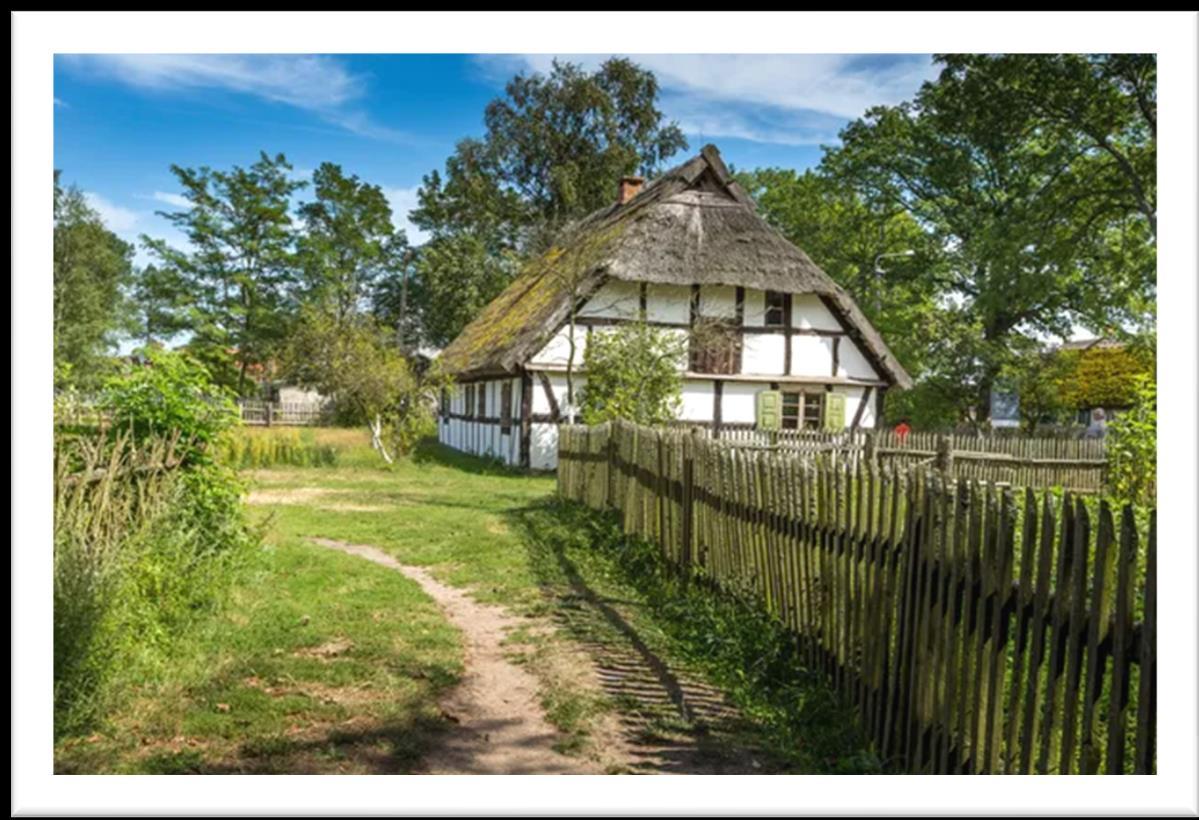

Kosakowo Community is the exact place where is our school placed. This is one of the best villages in Poland. It consists of 10 small villages. Mosty is one of them. Rewa and Mechelinki are beaches where every year a lot of tourists come and visit. Also we are famous because of biggest festival in PolandOpener festival. Every year a lot of artists from whole world come to Kosakowo and performe.
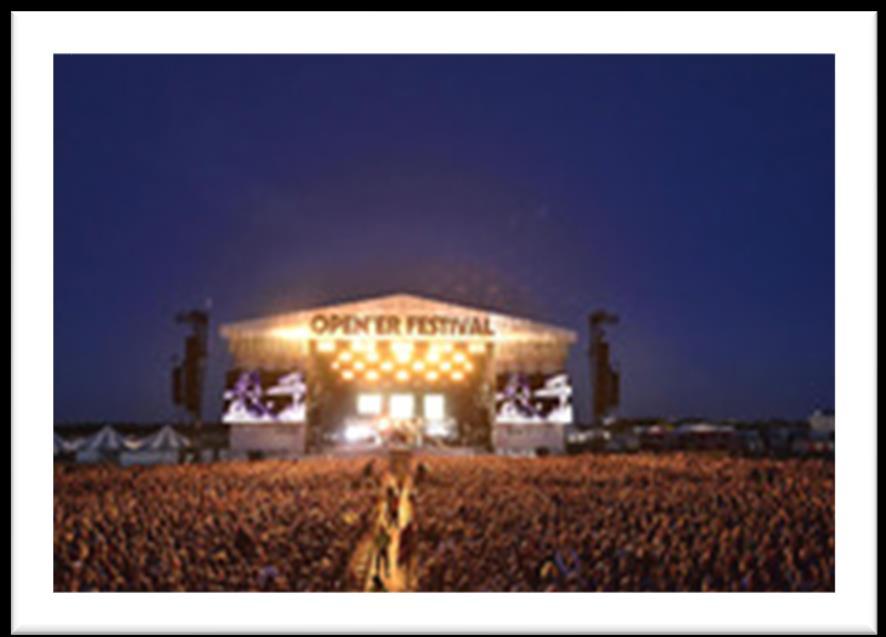
Because we live near the sea, we eat a lot of fishes: salmon, herring, cod and ell. The most traditional food are dumplings. They are very traditional and every one in Poland knows them and likes them.
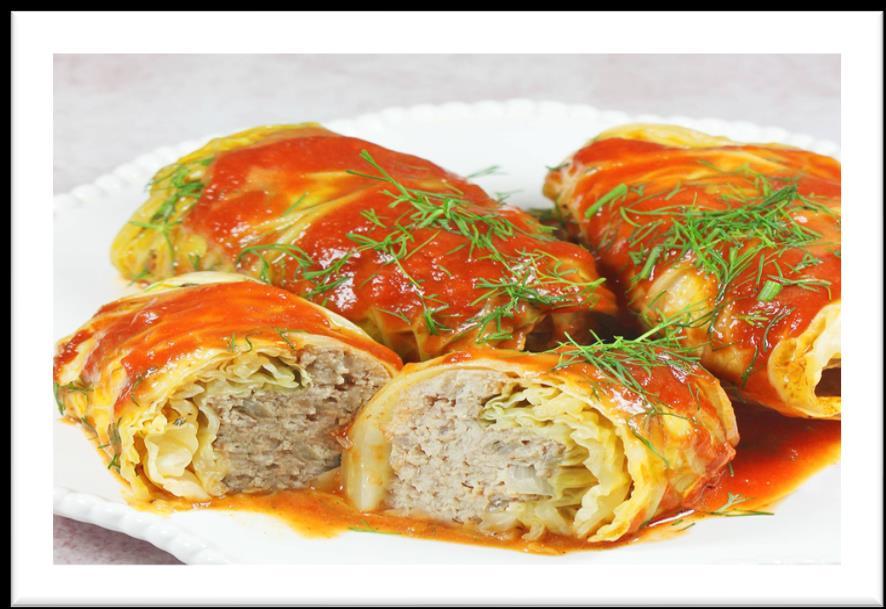
In the Chrismas time, we eat a lot of traditional and special dishes. For example Bigos, Beat soup, special salad and many more. Golabki are meat placed inside cabbage.
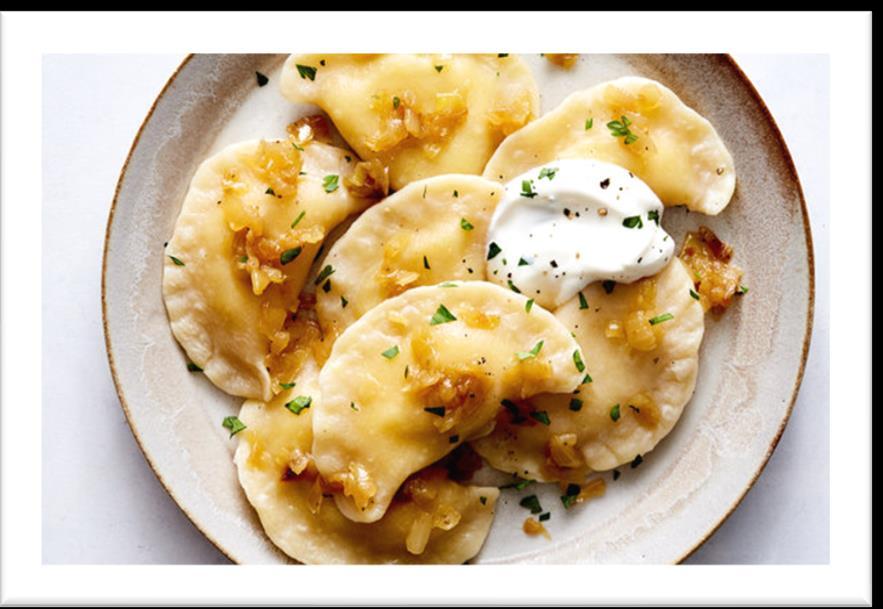
Baltic Sea is very big and deep. From our school windows we have a view for that. There is 4 animals (except fishes) that lives in the seaSzarytka, Seal and Morswin. Because of the Baltic sea, we have an interesting history. In the past Tricity was most important place in the whole Poland, and it was very famous in the Europe. Gdansk was a capital city because of contacts with the sea.


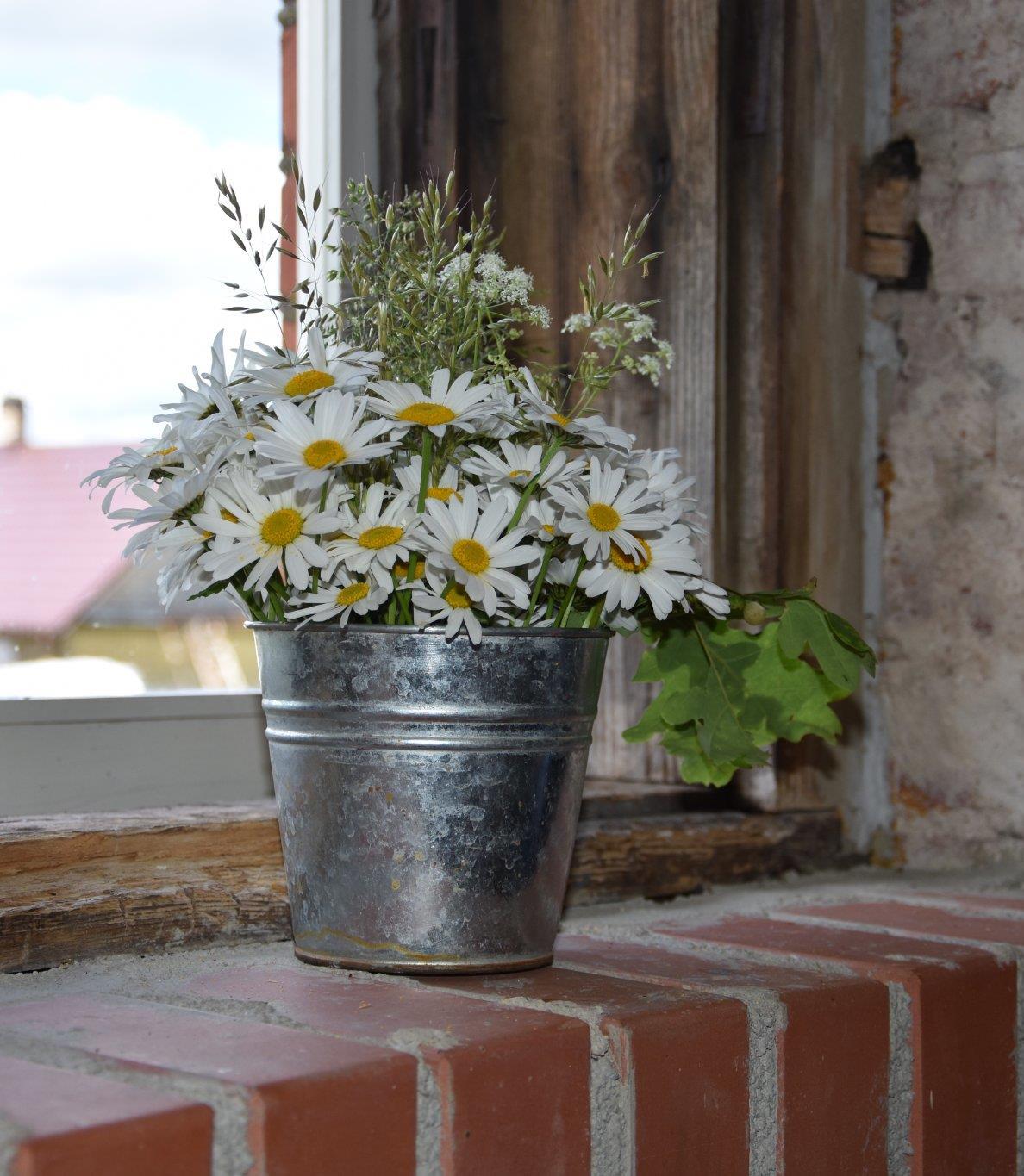
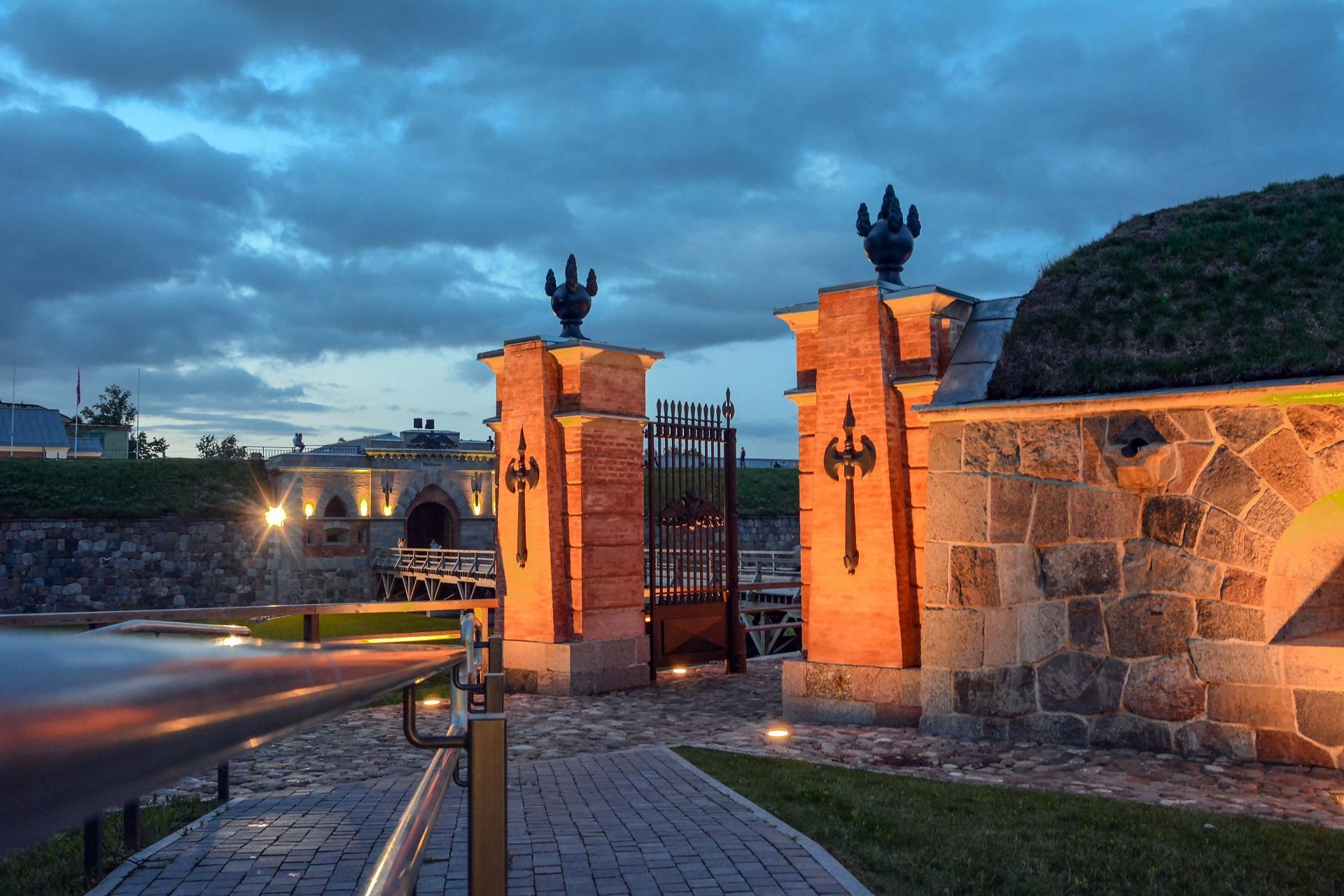

There is no other place in Latvia where lakes can be found in such a small area in large numbers as in Latgale.





In Latgale people speak Latvian, Russian, Polish and Latgalian dialect.

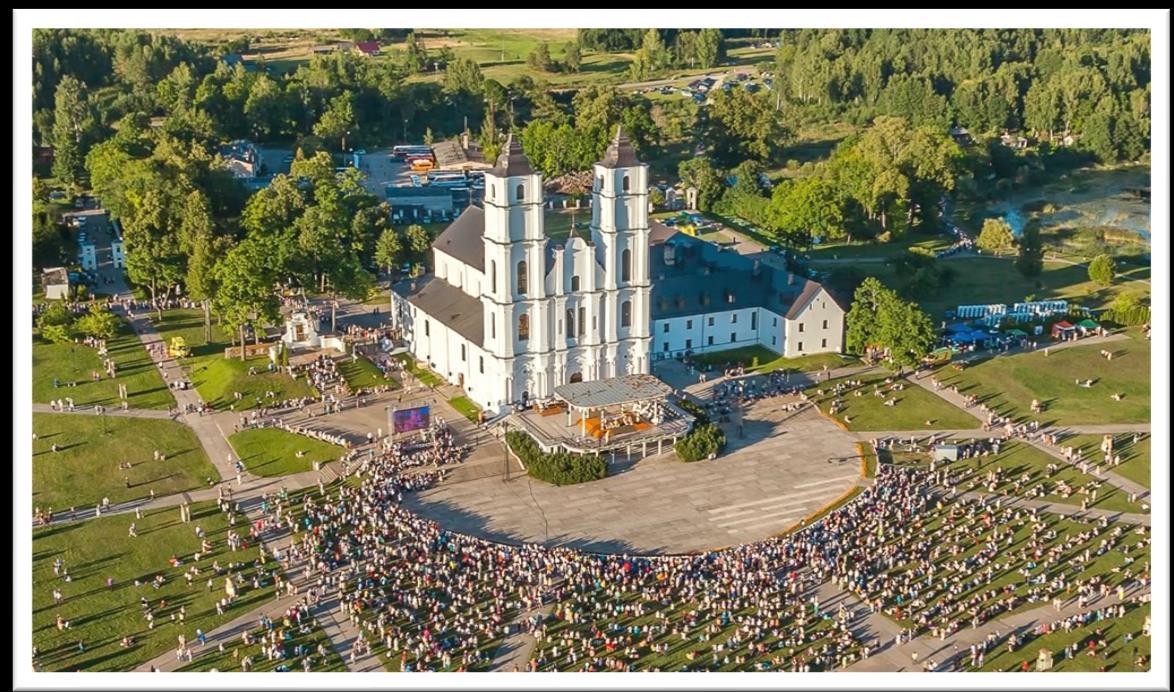

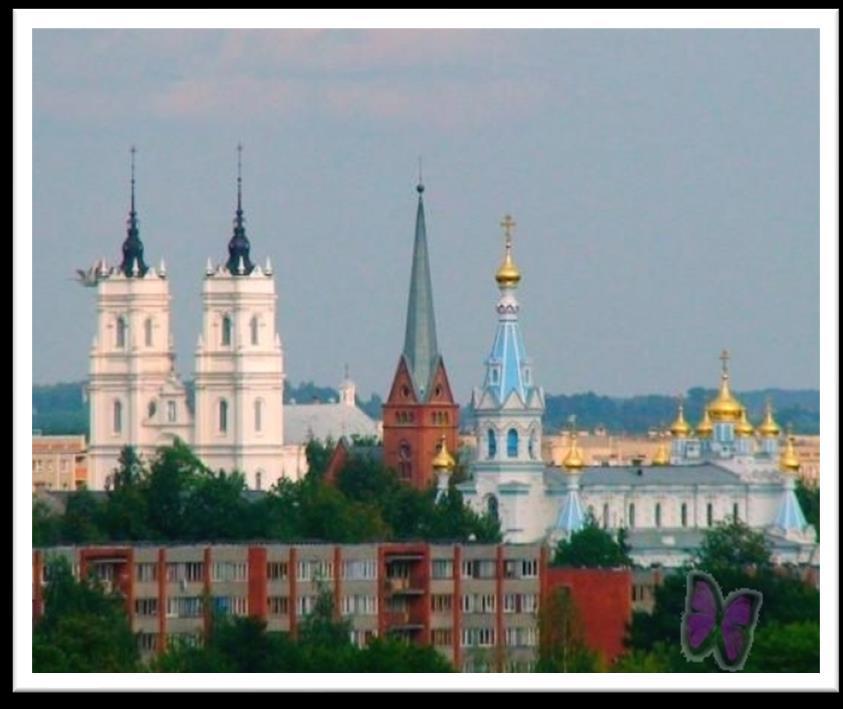
The largest city in Latgale is Daugavpils known by the fortress, art centre, university, variety of religions, industrie.
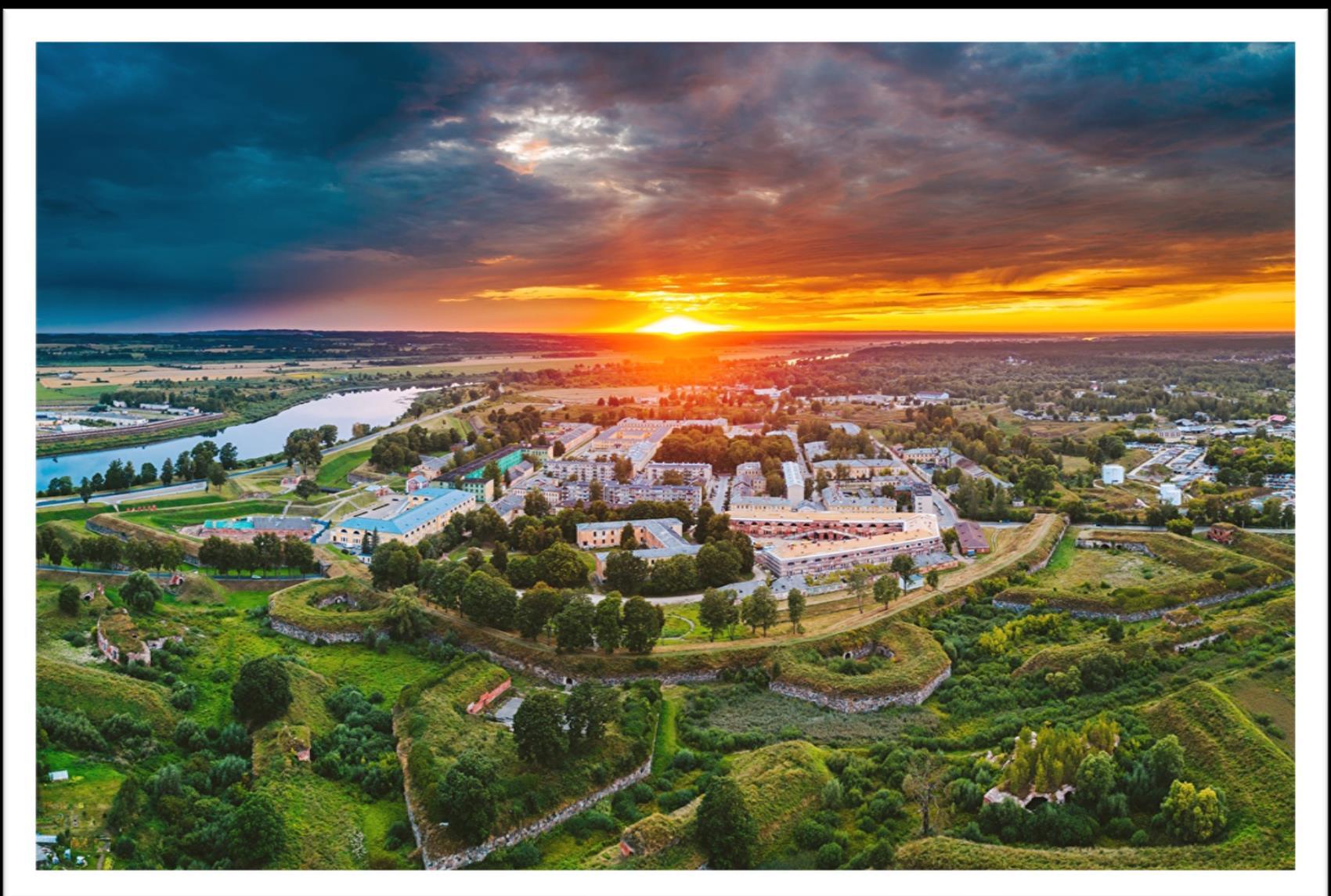


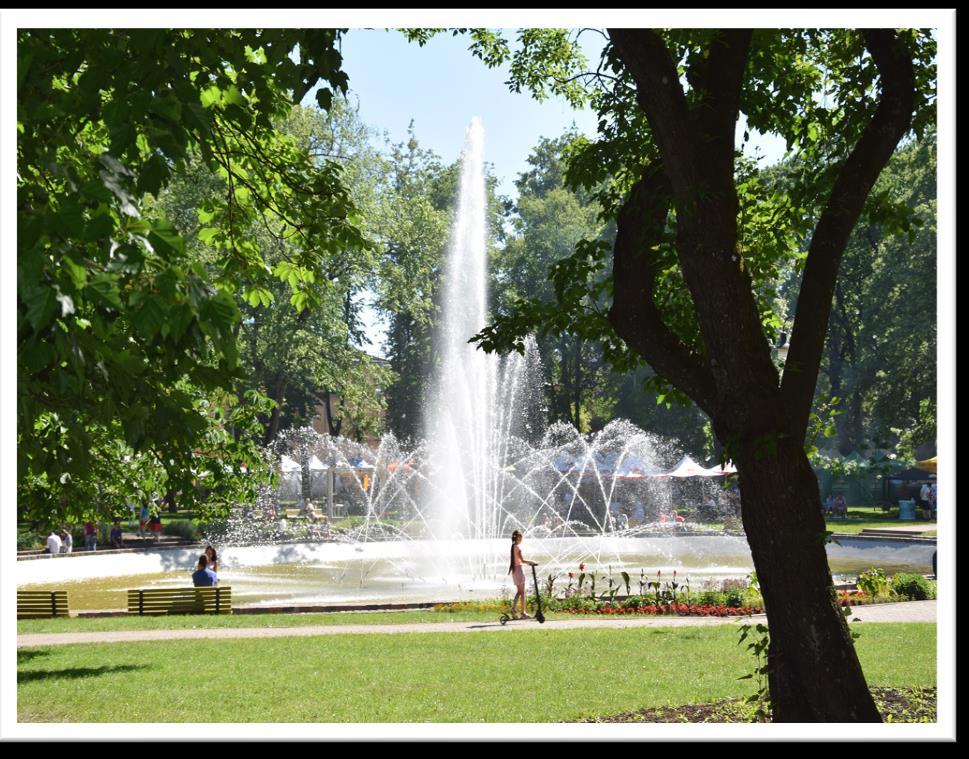
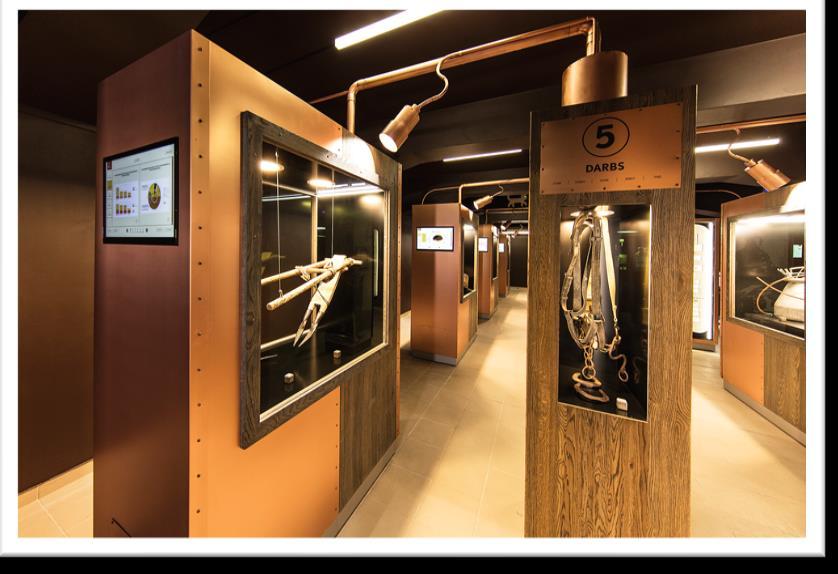

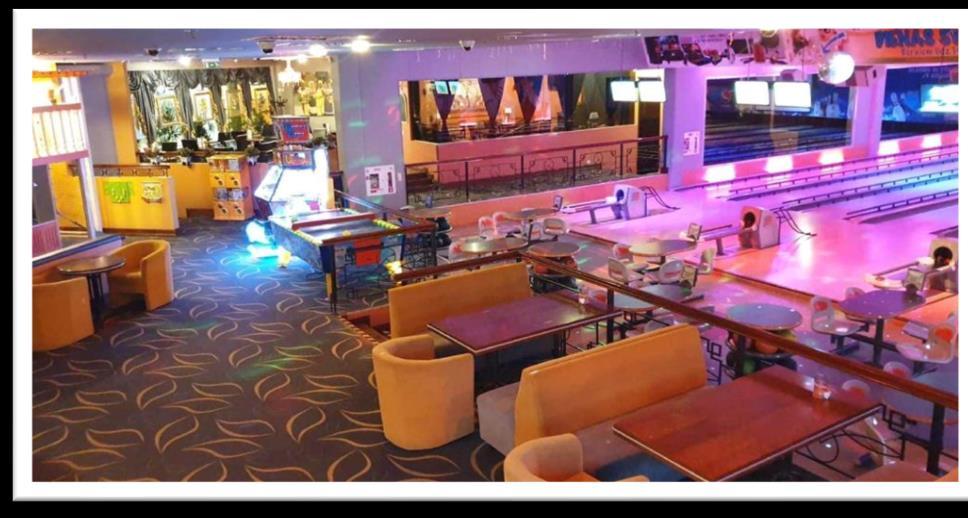

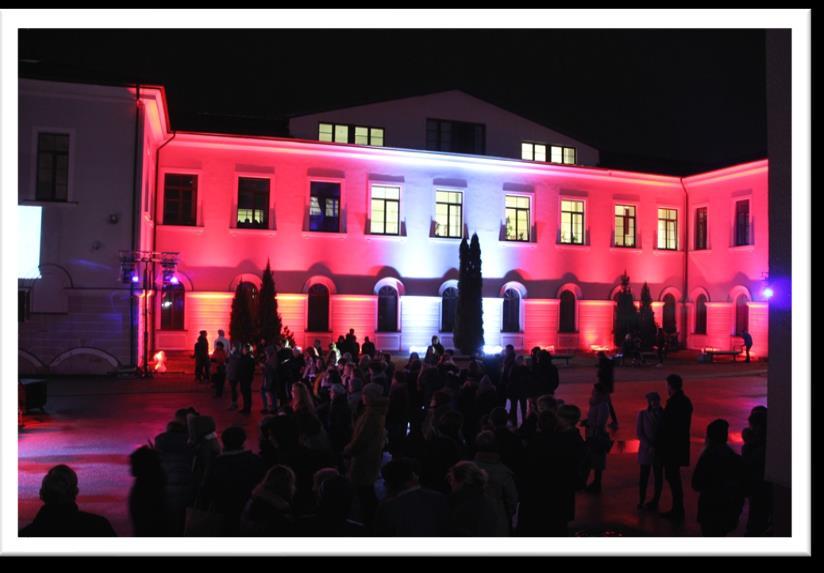
In recent years, several multifunctional cultural centers have been established in Latgale - the Mark Rothko Art Center in the Daugavpils fortress, the "Gors" concert hall in Rēzekne.
Manors and churches in smaler cities and villages are gradually being restored: many interesting events take place in the Ludza Laime Museum and Luznava Manor. Young people like sports activities in the open air - in the adventure park "Tarzāns", on the beach of Stropi Lake, rafting or boating on the Daugava river, as well as on sports fields.
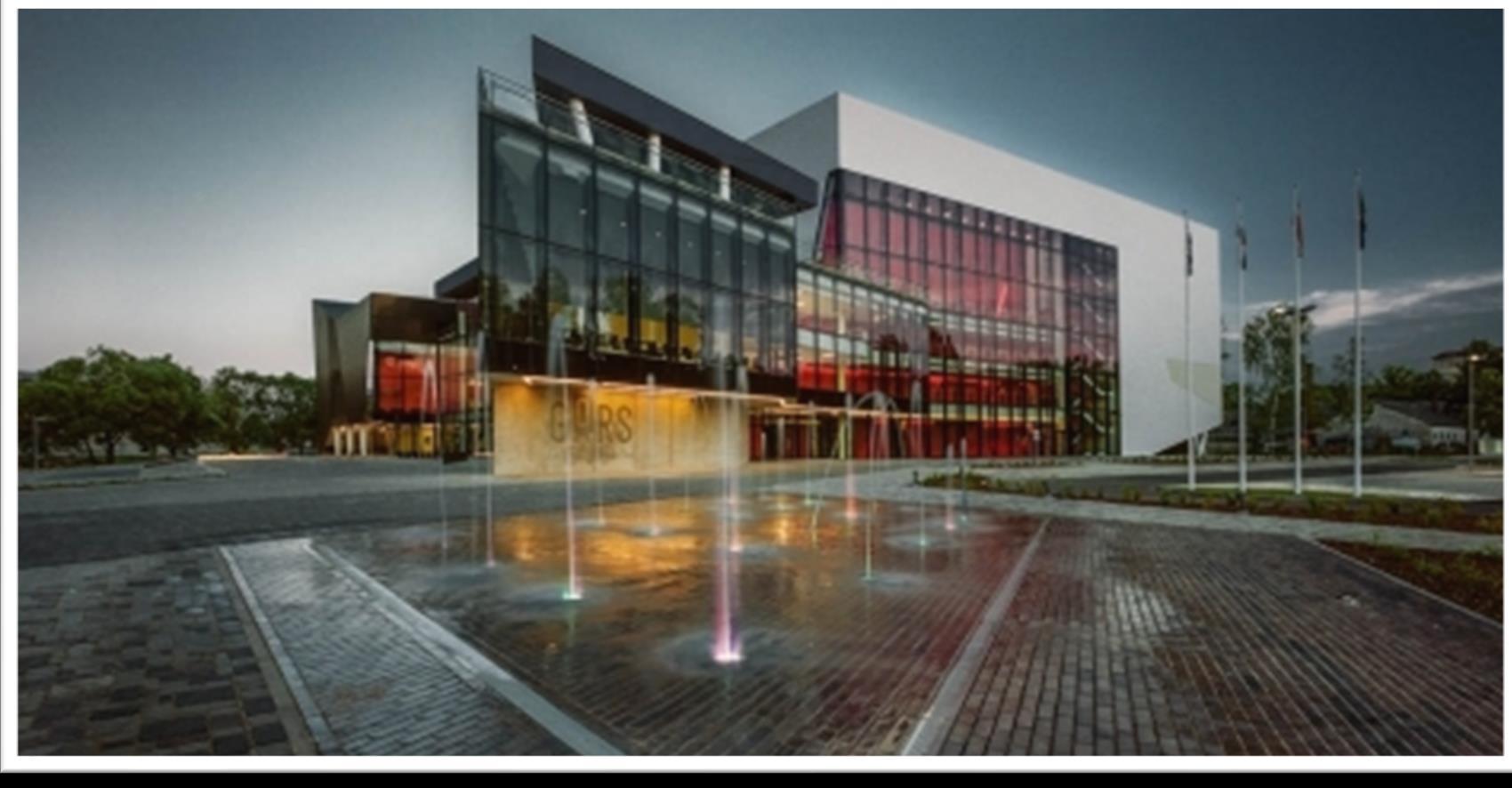

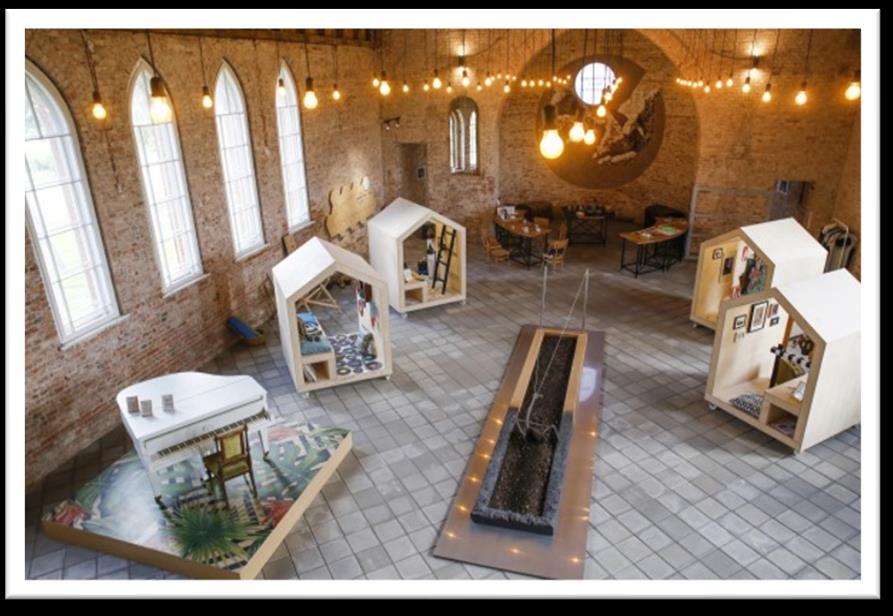

If you will visit Latgale, try our special dishes - sorrel soup, beetroot soup (cold soup), potatoes with cottage cheese and bacon, as well as kłockas (sweet cottage cheese dumplings).
In autumn, Latvians go to the forest and collect berries and mushrooms, in summer they collect linden flowers, yarrow and mint. Almost every family has a backyard garden or "dacha" where potatoes, carrots, cucumbers, tomatoes and other vegetables are grown. We like rye bread.
beer and home-made cheese are drunk on Ligo holidays, and gingerbread is baked on Christmas.



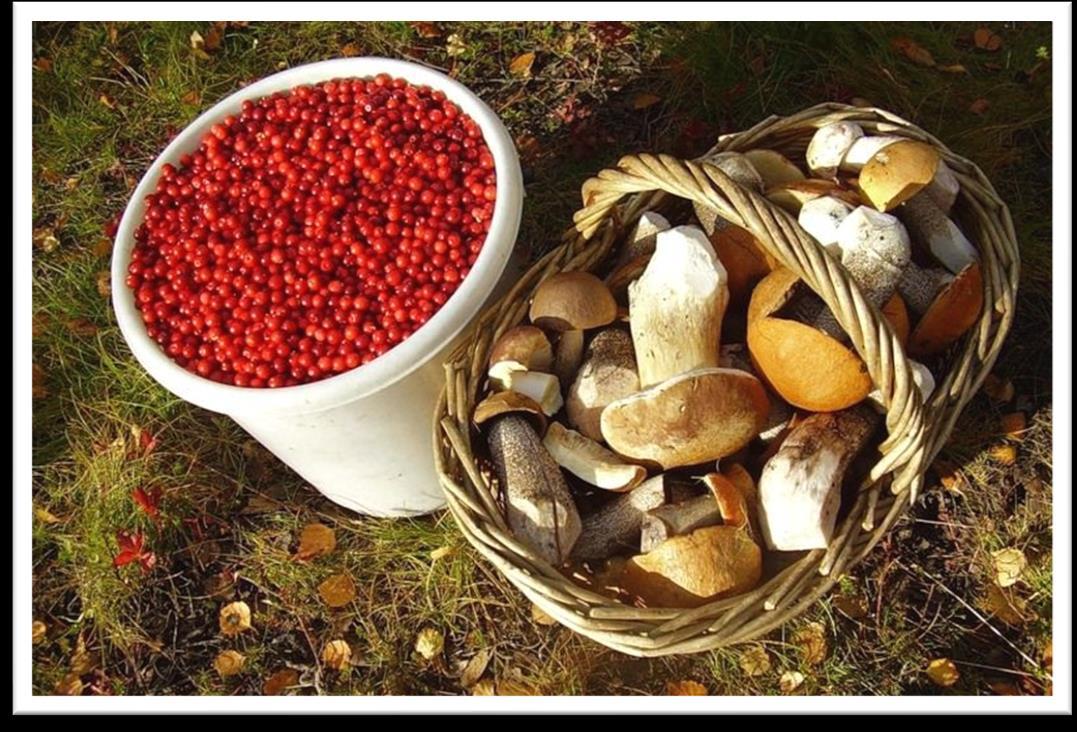






Gazlıgöl thermal spring, Sandıklı Hüdai thermal spring, Gecek thermal spring, Ömerli thermal spring, Heybeli thermal spring.
In Turkey, when you say fairy chimney, it reminds of everyone Nevşehir, Cappadocia. However, Afyon is a hidden paradise about fairy chimneys. Fairy chimney is a geological formation and it looks like chimney so they were named as fairy chimney. In Afyon you can see these beauties of nature in the district of Ihsaniye, Boldavin and Bayat and they took attention of tourists in every year

It is known that Ayazini village has been used as a settlement since the Phrygian period. Because of the suitable structure of the land, family and single rock tomb chambers belonging to Roman and Byzantine periods, Byzantine churches and rock settlements were carved in rock. There are grave rooms with lion figüre, with columns and other masterpieces carved in the rock in the Metropolis.
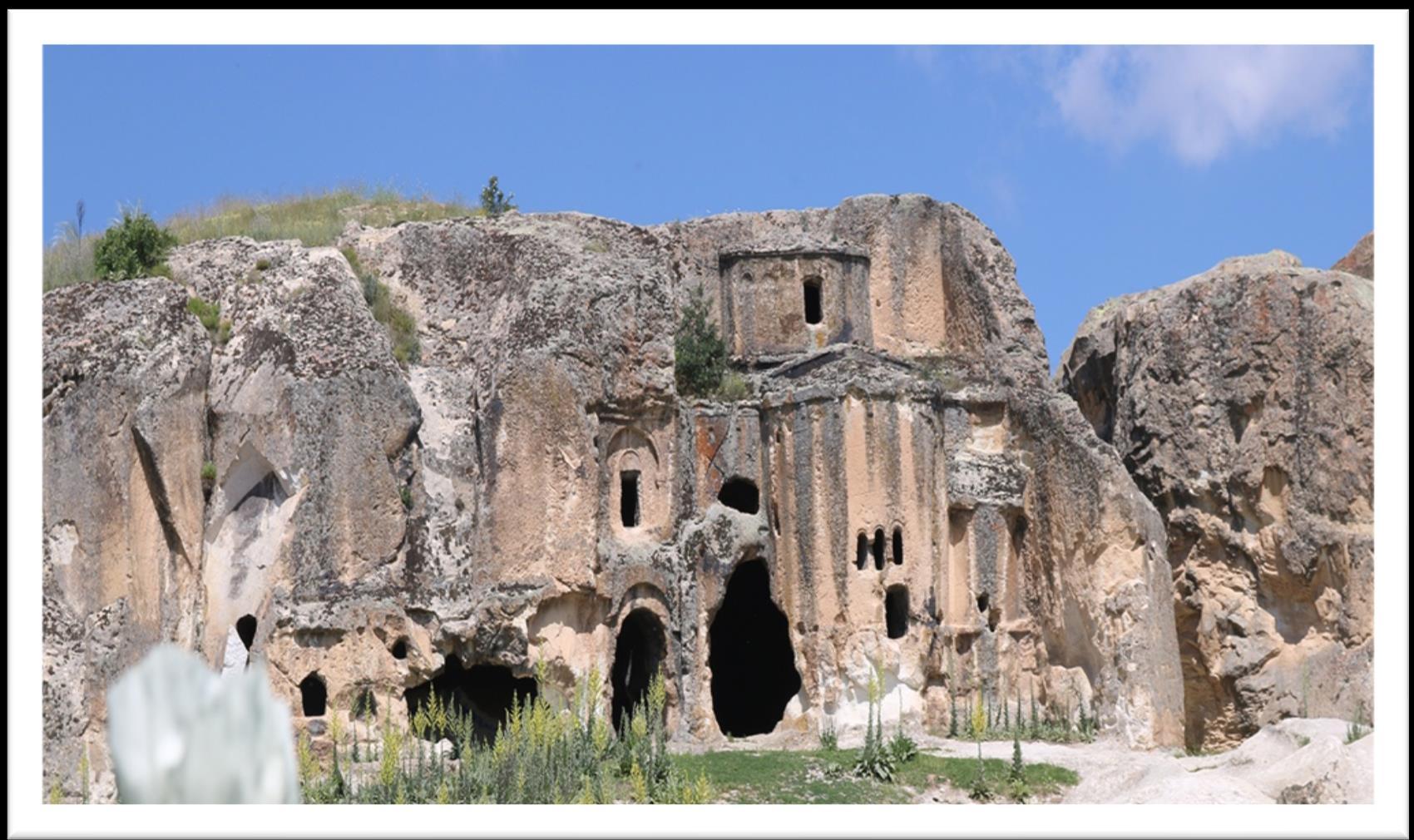
 Photo by Kevin
Photo by Kevin
When you go to Afyon, leaving without seeing Afyon Castle is a shame, of course. Afyon Castle is located in the city center and its height is 226 m. Afyonkarahisar Castle is a historical structure from Hittite, 1350 B. C.
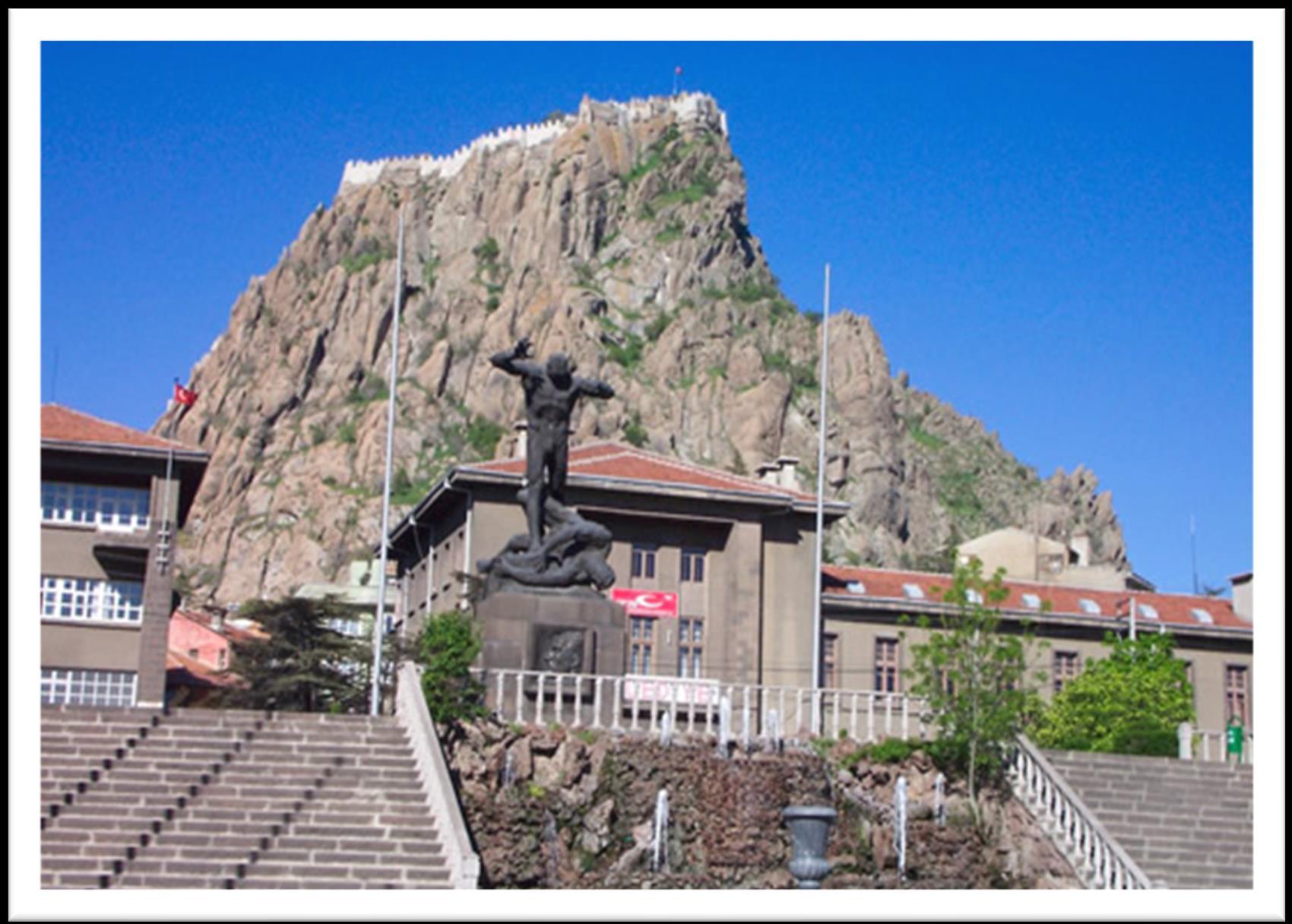

Mevlevi Lodge is a lodge which is used by Mevlevi dervishes in Turkey. Sultan Divani Mevlevi Lodge was made by Mehmet Bey who was the leader of Germiyans in the 13th century.
Caravansaries are significant in the history and culture of Ottoman Empire. One of them is in Afyon and it was made by Murat II the sultan of Ottoman.




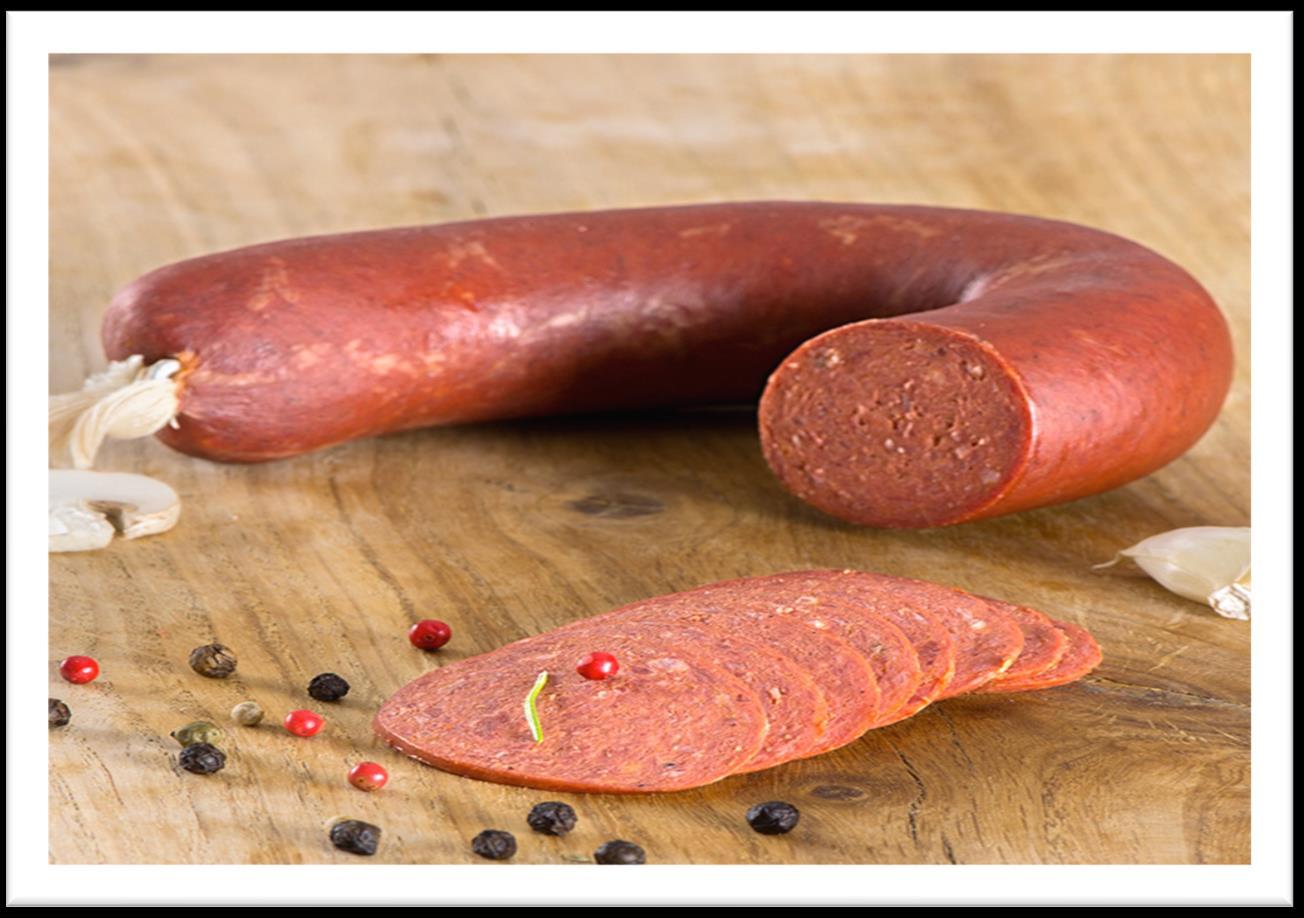

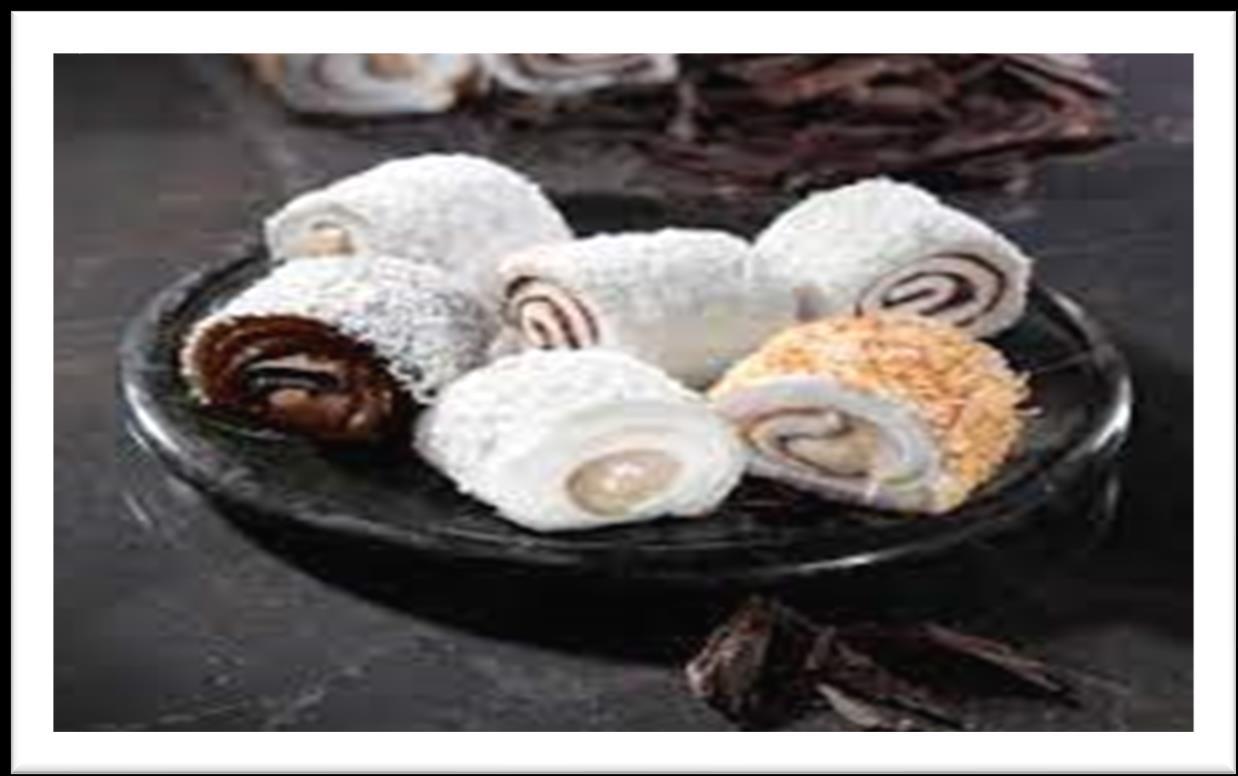

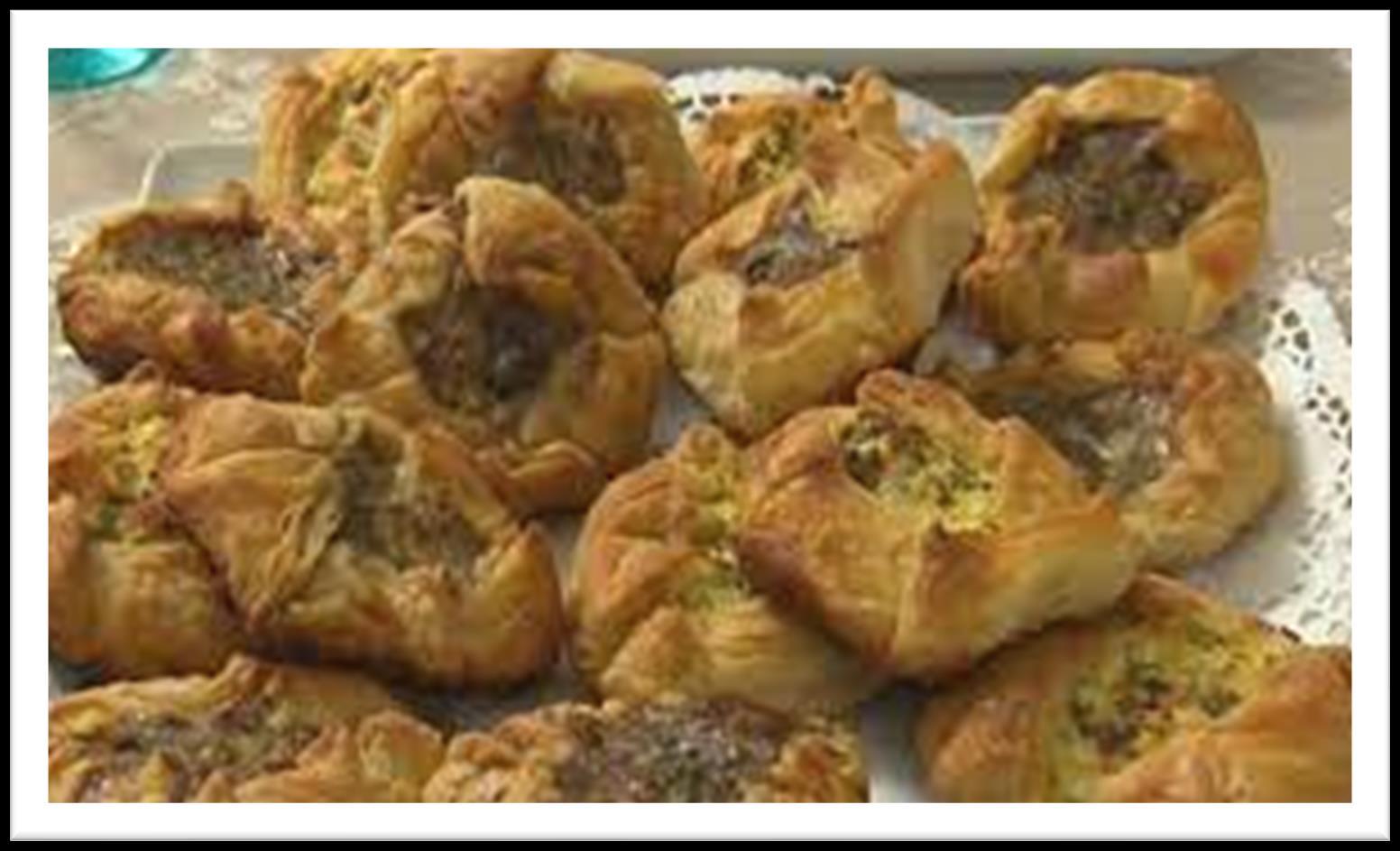
Afyonkarahisar was a place of many civilizations since old Bronze Age. It is obvious that Afyonkarahisar had the same feature of being a passage way among other Anatolian cities in ancient times, too. Because of this reason, the big wars like Ipsos (301 BC), Miryekefelon (1176), and The Great Offensive (1922) were fought in Afyonkarahisar. The foundation of Turkish Republic was laid in Afyonkarahisar
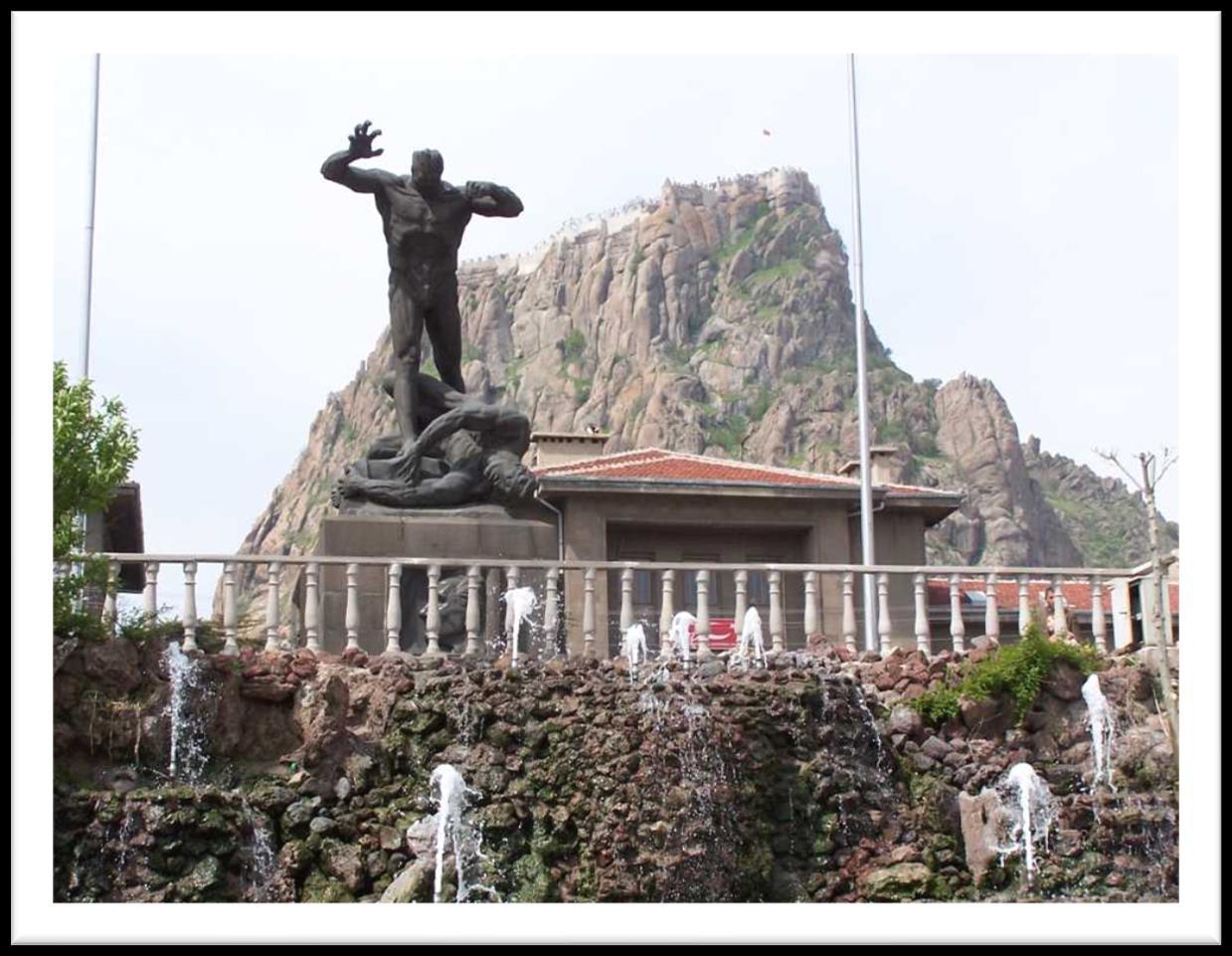
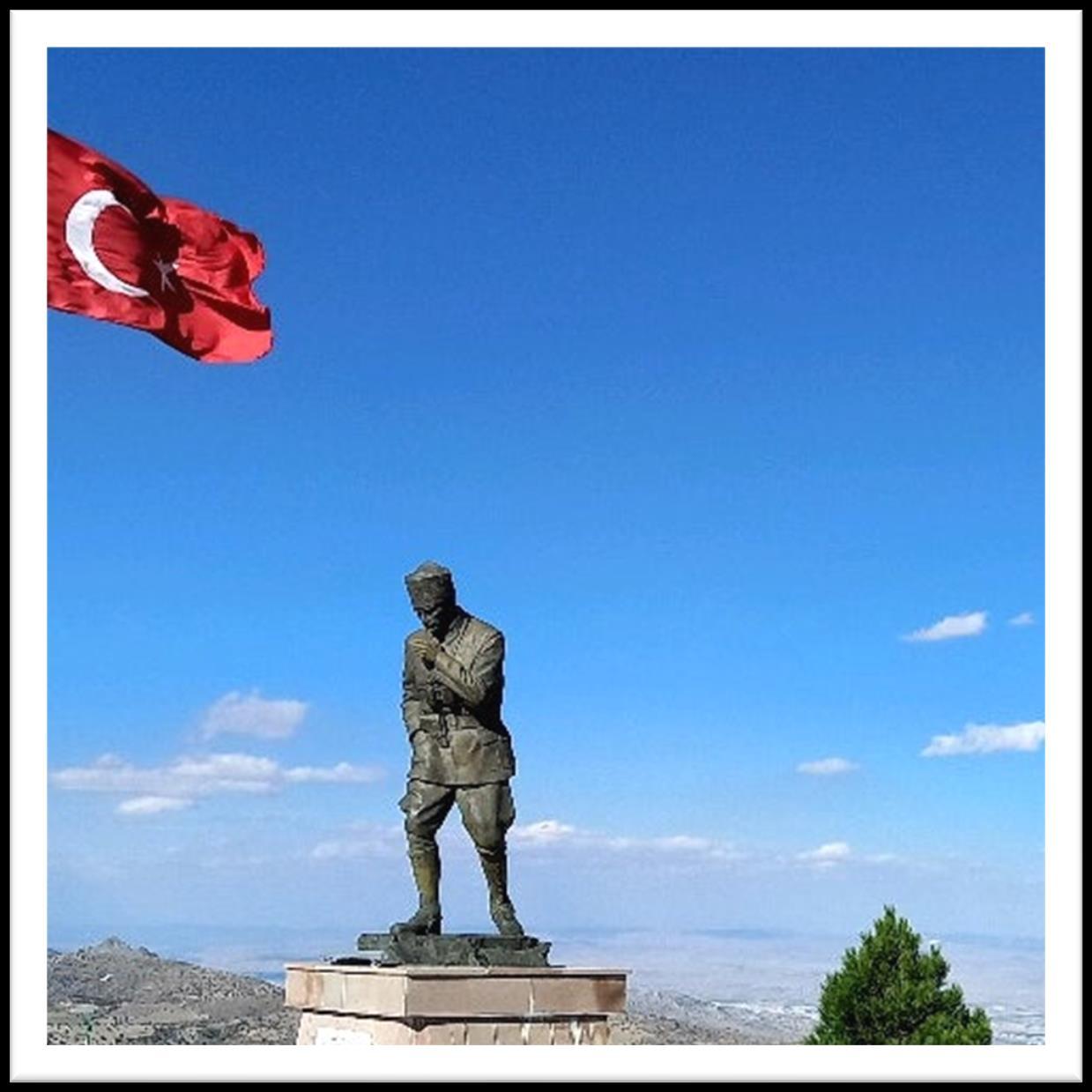
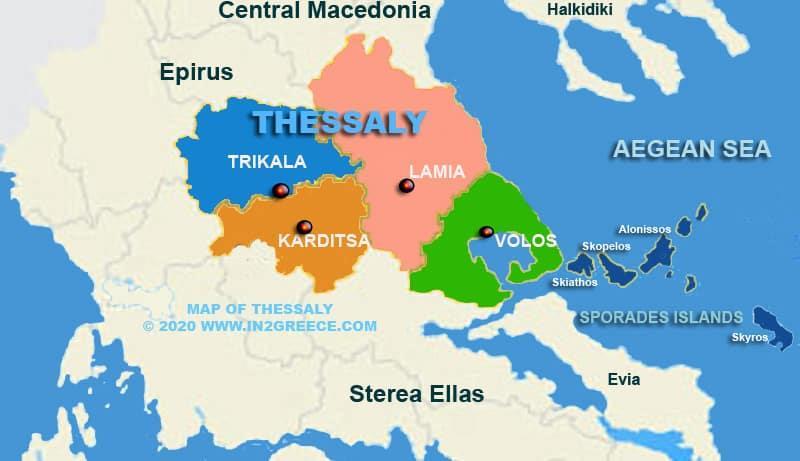

Thessaly, Modern Greek Thessalía, region of northern Greece south of Macedonia , lying between upland Epirus and the Aegean Sea and comprising chiefly the fertile Tríkala and Lárissa lowlands. It is well delineated by topographical boundaries: the Khásia and Cambunian mountains to the north, the Óthrys massif to the south, the main Pindus (Píndos) Mountains to the west, the Olympus (Ólympos) massif to the northeast, and the coastal ranges of Óssa (Kíssavos or Óssa) and Pelion (Pílios) to the southeast. Thessaly is drained by several tributaries of the Pineiós (also called Peneus) River, which empties into the Aegean Sea after passing through the Vale of Tempe. Several passes carry highway traffic to and from the region, and the main railway from Athens (Athína) to Thessaloníki enters Thessaly by the Coela Pass and exits through the Vale of Tempe.
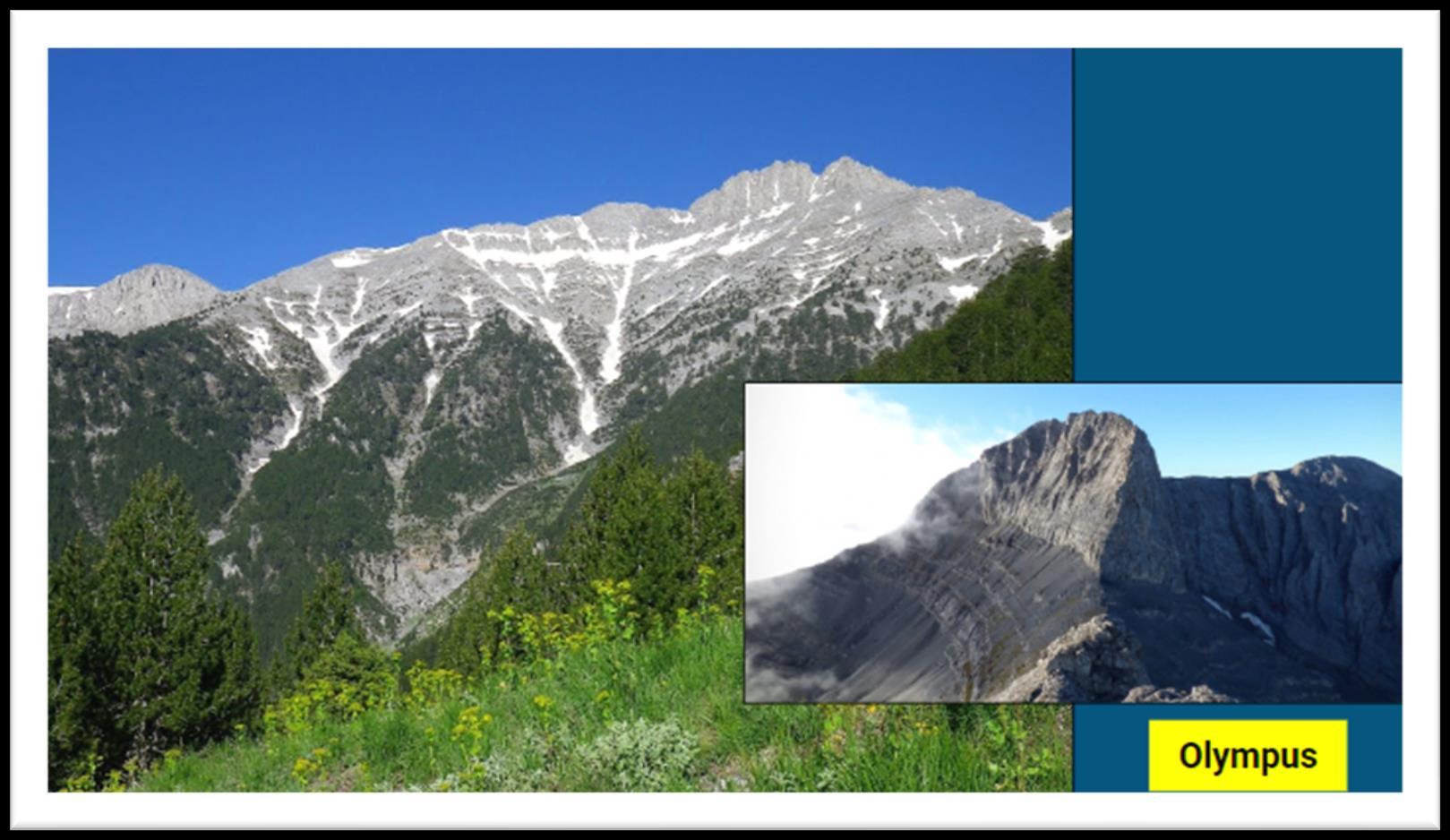

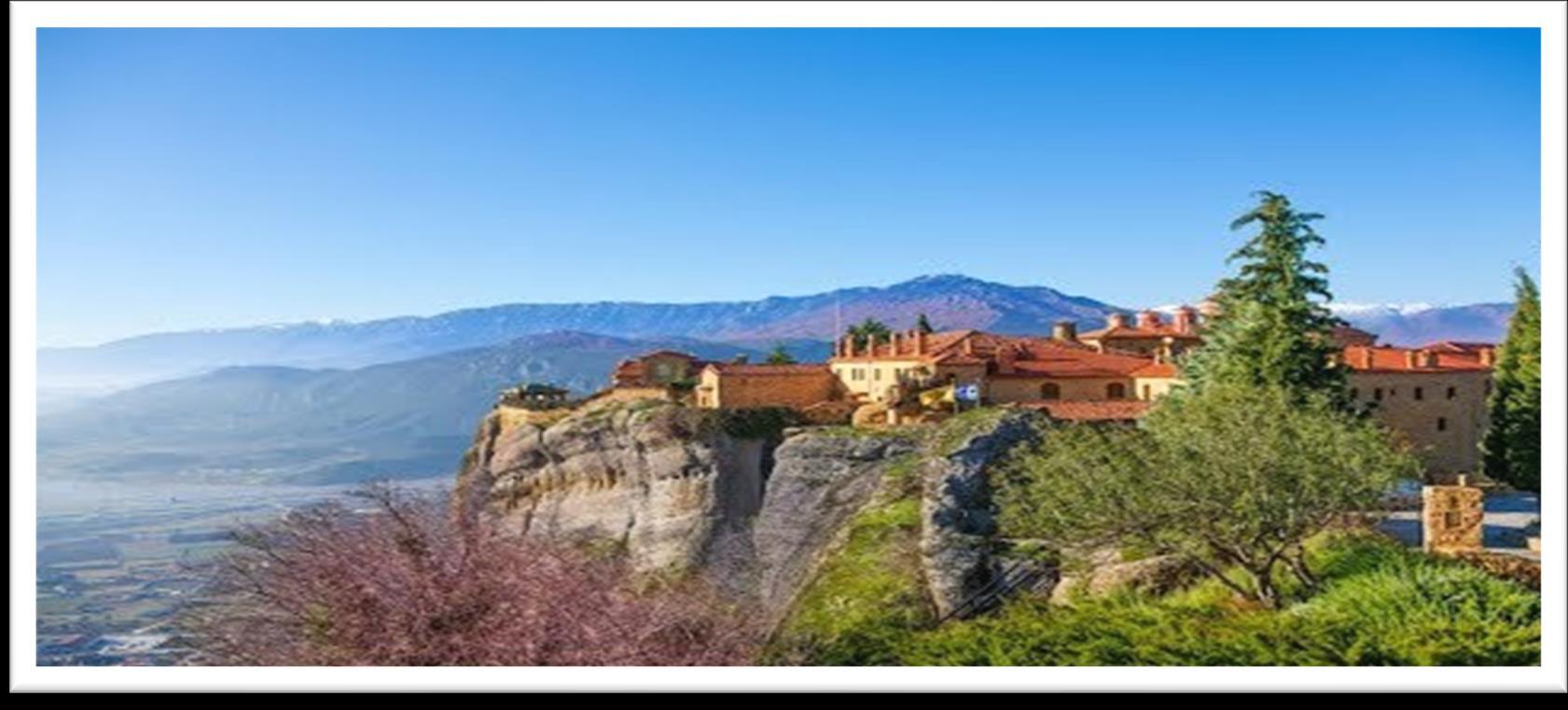
Meteora is part of central Greece and is placed on the northwestern edge of the Plain of Thessaly near the Pindus Mountains and the Peneios River. It constitutes one of the most dramatic landscapes of the country and is also its second largest and most popular complex of monasteries
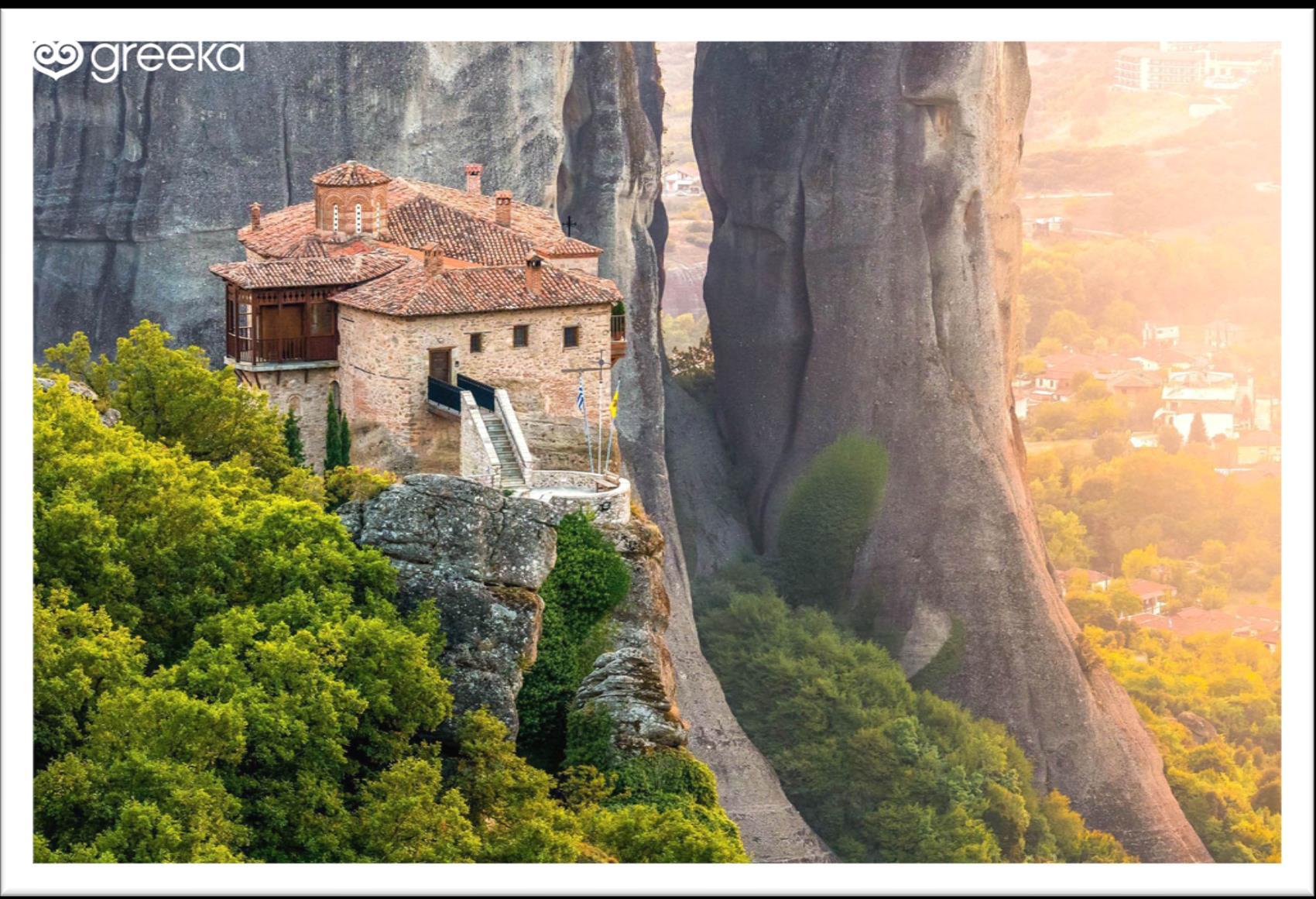
The name given to this region means "suspended in the air" which perfectly describes its main feature, as the monasteries are placed on great natural stone pillars, which by the way is a unique architectural achievement.
Therefore, the monasteries look as if they were suspended in the air, which has been purposely made during the 14th century, in order to protect the hermit monks during the Ottoman occupation, by the inaccessibility of these huge rock pillars.
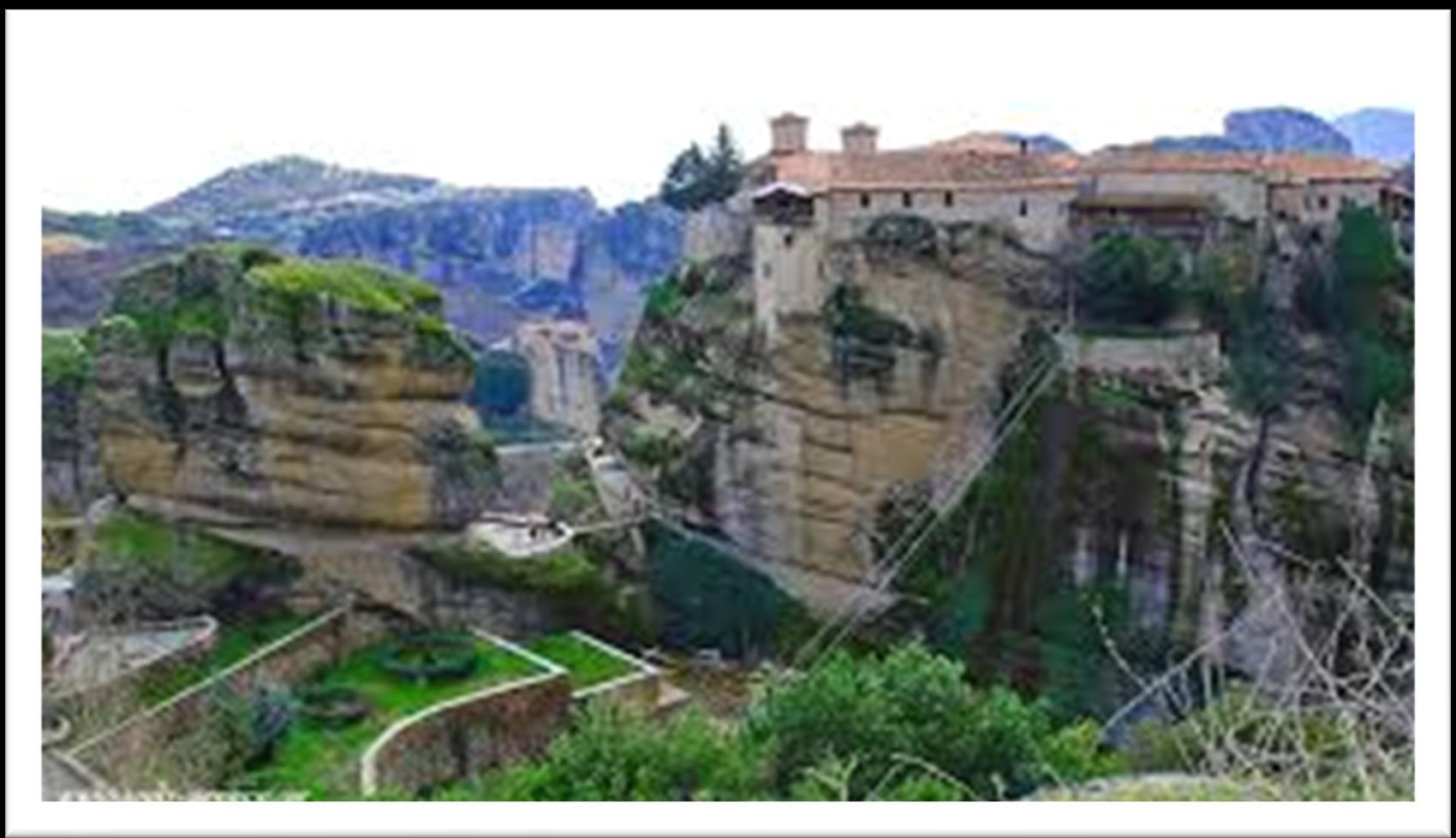
However, this was not totally new, since hermits and ascetics have traditionally clambered up the peaks of the Meteora since approximately 10th century, while in the late12th century the Panaghia Doupiani, a small church also known as "Skete" was built at the foot of one of these endless rocks where monks had already established their residence. This way of living resulted to be very safe for the difficult times that were coming to the point that by the 15th century, there were 26 monasteries functioning, 6 of which still work. 5 of them are male and 1 is female.
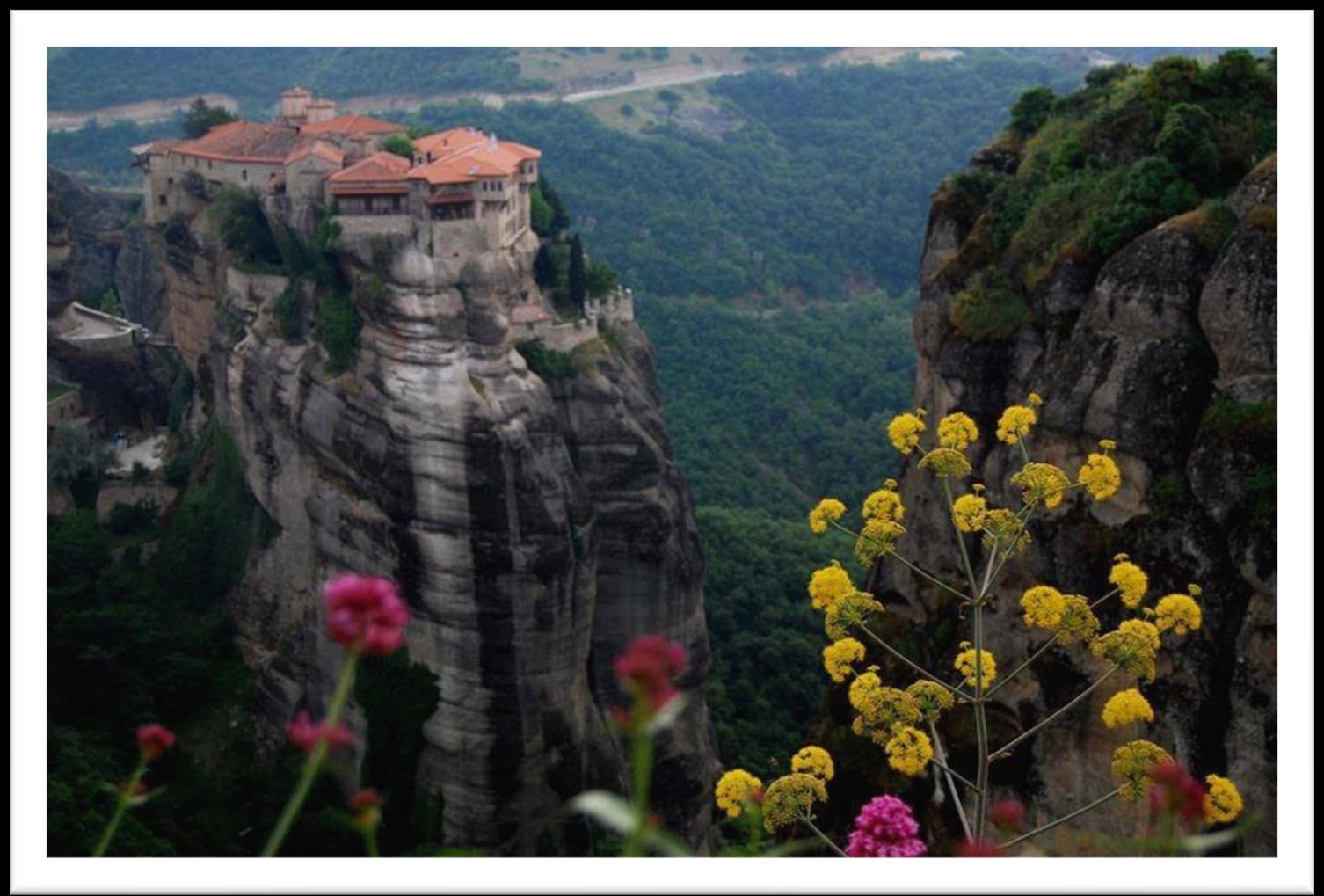
. Lake Plastiras, located in the wider area of Agrafa (region of Thessaly) is surrounded by an idyllic landscape of incomparable natural beauty that captivates the mind at first sight. Dreamlike in all aspects, it is one of the largest artificial lakes in Greece created in a location where in antiquity we could find the confluence of the rivers Tavropos and Achelous. It is a natural wonder that owes its existence to the inspired vision of General Nikolaos Plastiras (rightfully named after him) to create an impressive dam that would reinvigorate the entire region. Lake Plastira lives every season at its fullest.

Paliouria, is a beach in the regional unit of Melivoia. With the green of the forest coming down to the beach, with rocky complexes, creating a rare beauty, image.

Mount Pilio (pronounced "Pilio" in modern Greek, but known as "Pelion" in English) rises up from the city of Volos and stretches across the Pilio peninsula with the Pagasitikos Gulf on one side and the Aegean Sea on the other. The highest point of Pilio (Pourianos Stavros) is 1,624 meters. In Greek mythology the mountain was the summer residence of the gods and home of the Centaurs.

The ski resort of Pelion was created by EOS Volos in 1967, when the first aerial lift was in operation. Since 1997 the development of the center has been undertaken by the Development Company of Magnesia (ANEM). The wild elephants that surround him also gave them their name.
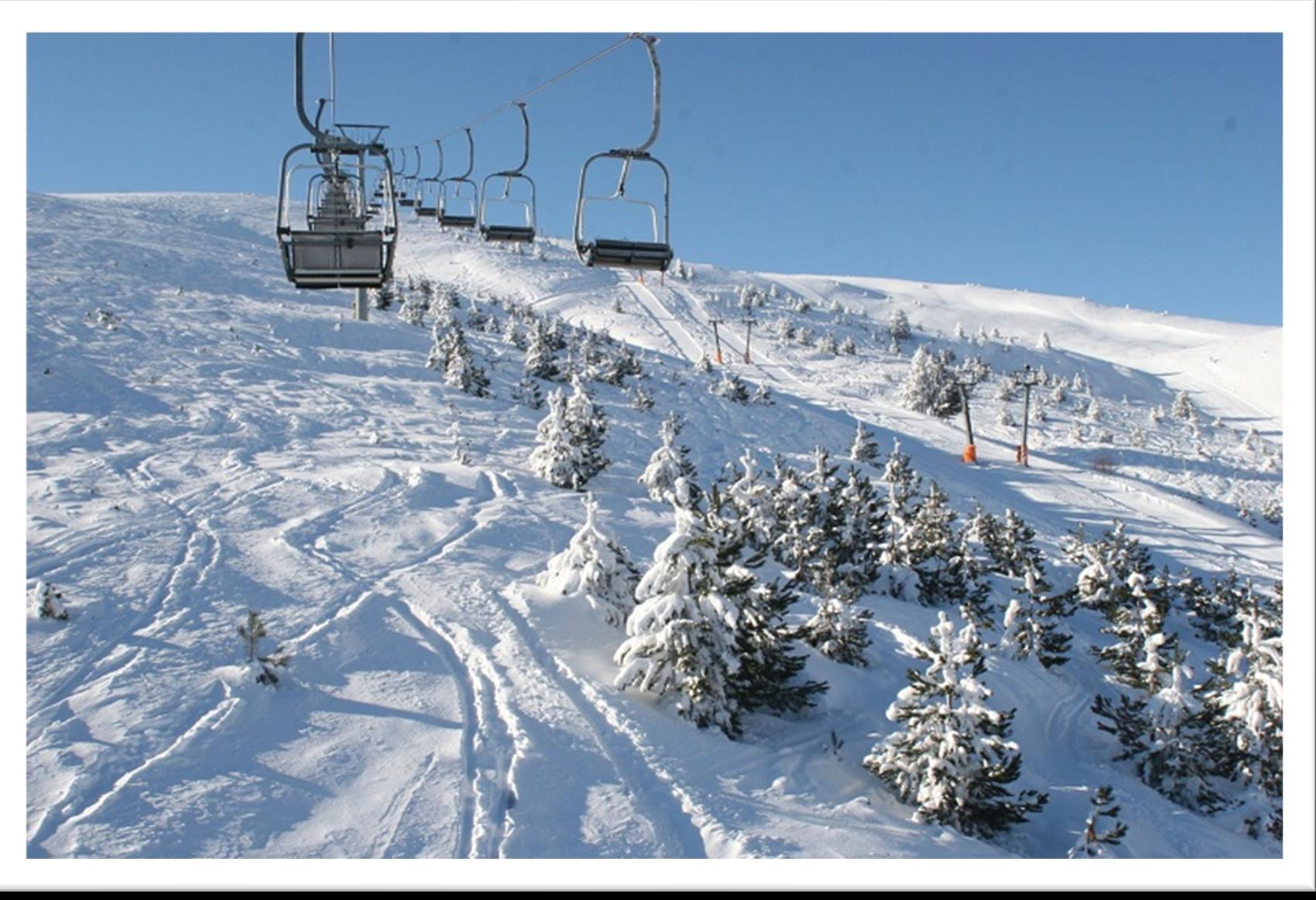
With crystal water and surrounded by steep green
provide some truly beautiful places to relax. The most impressive beaches in Pelion are found on the eastern side of the peninsula, including Mylopotas, Agios Ioannis, Papa Nero, and Horefto.
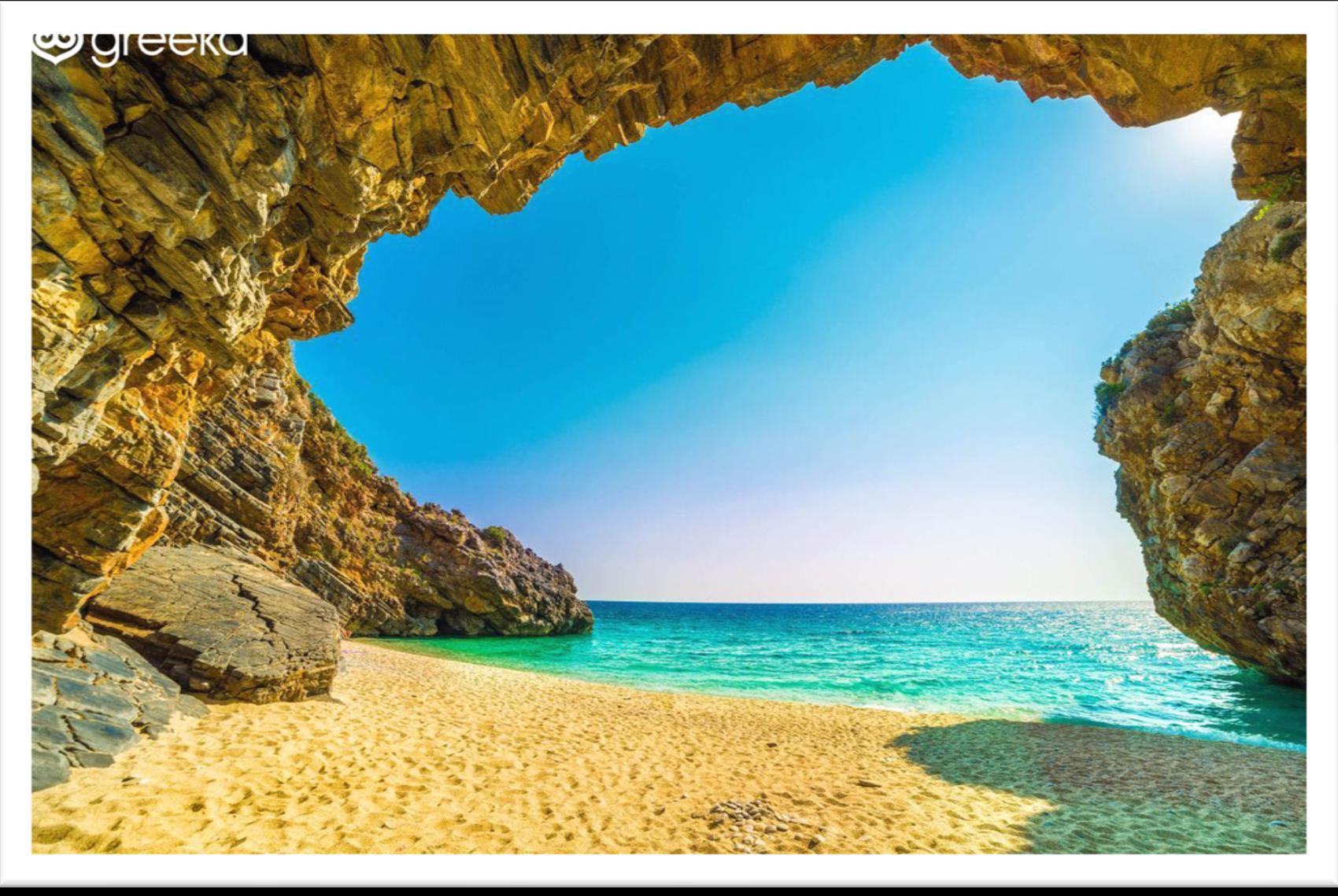


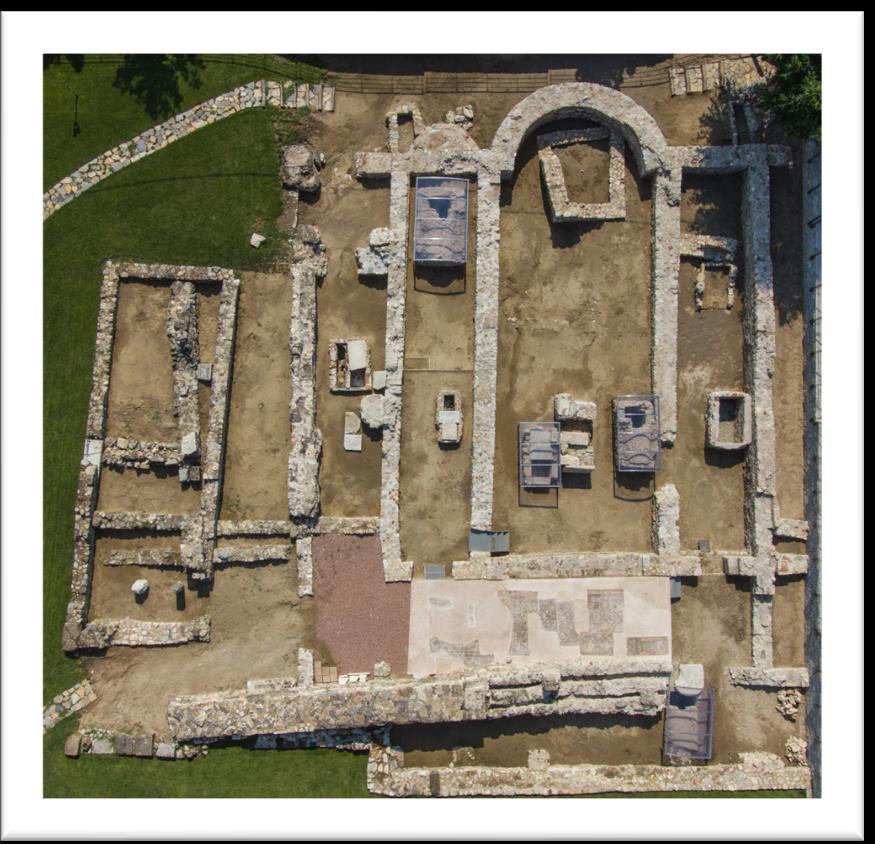
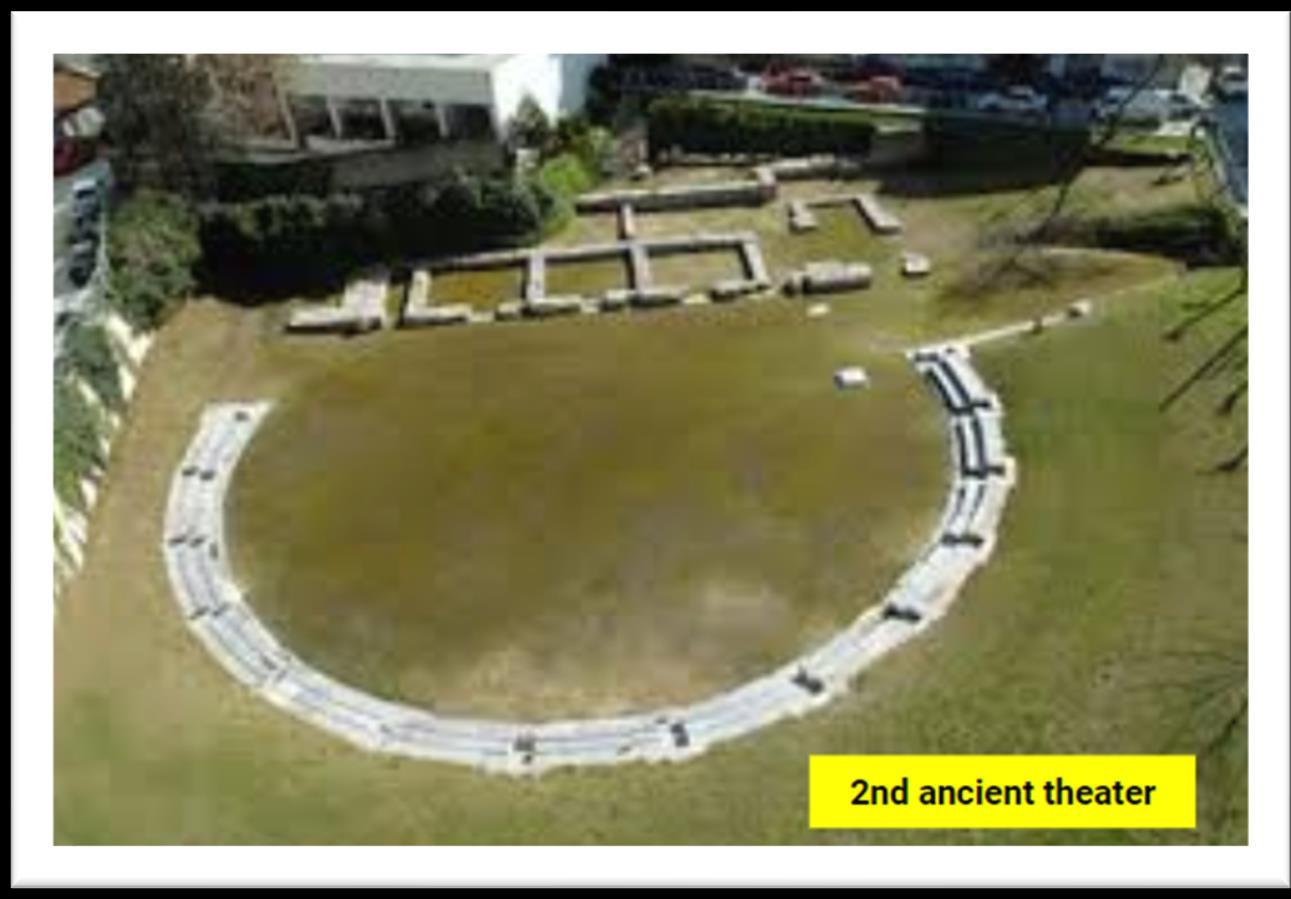


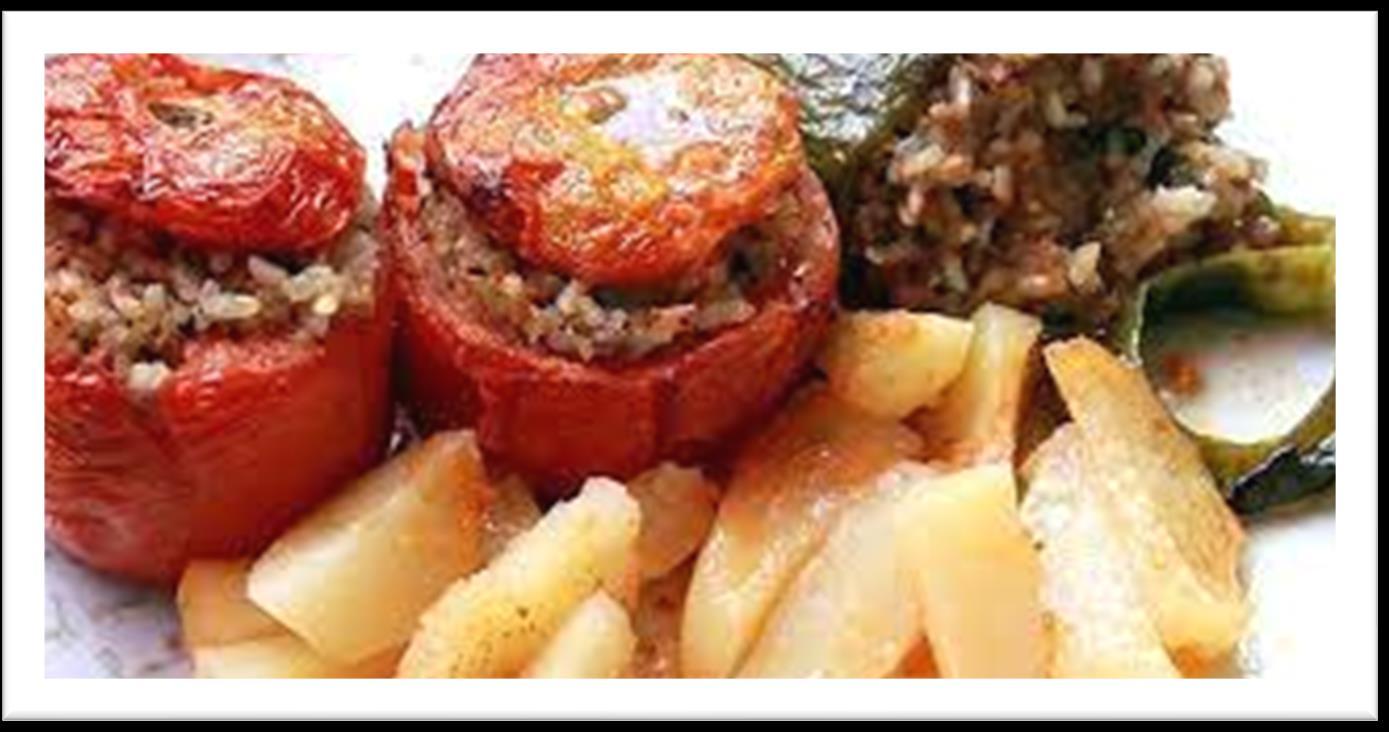
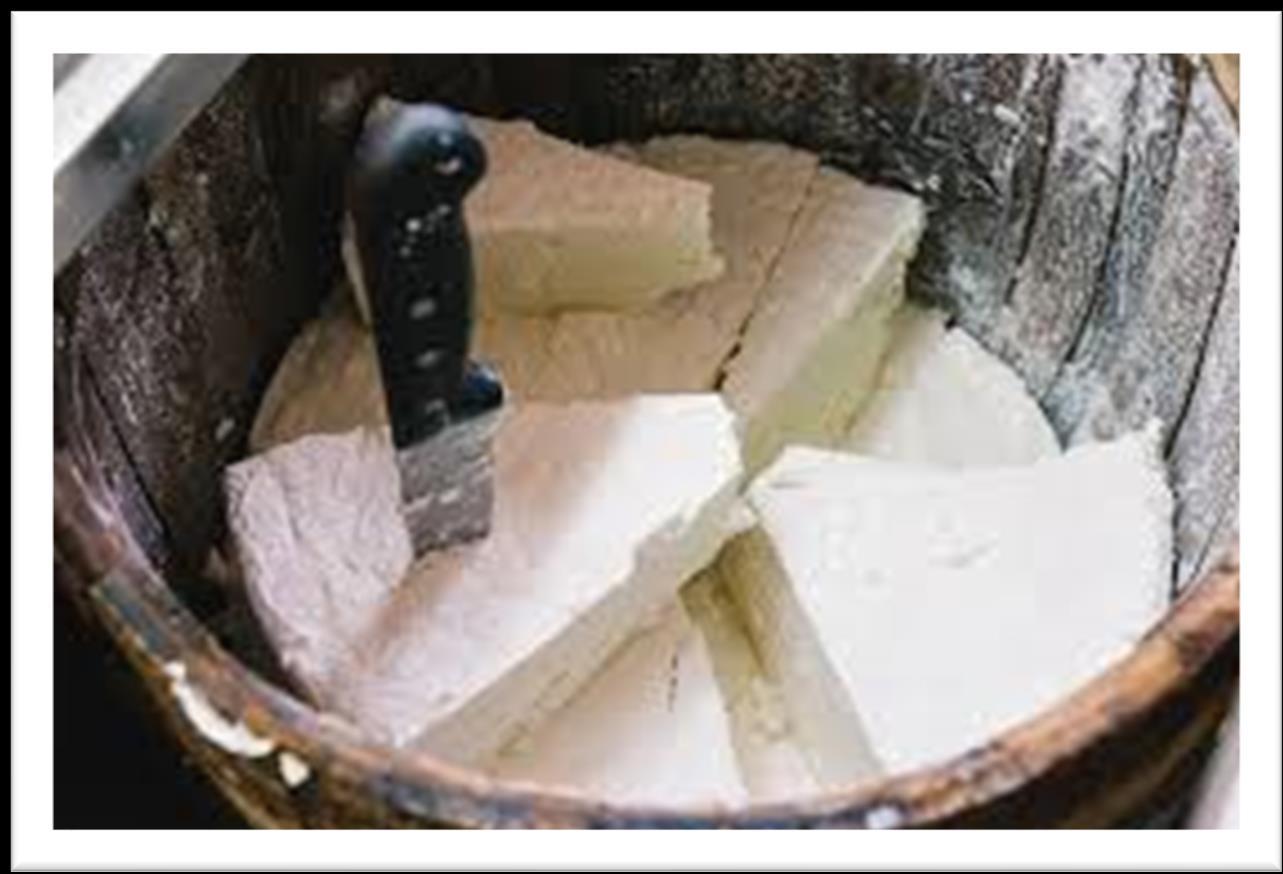
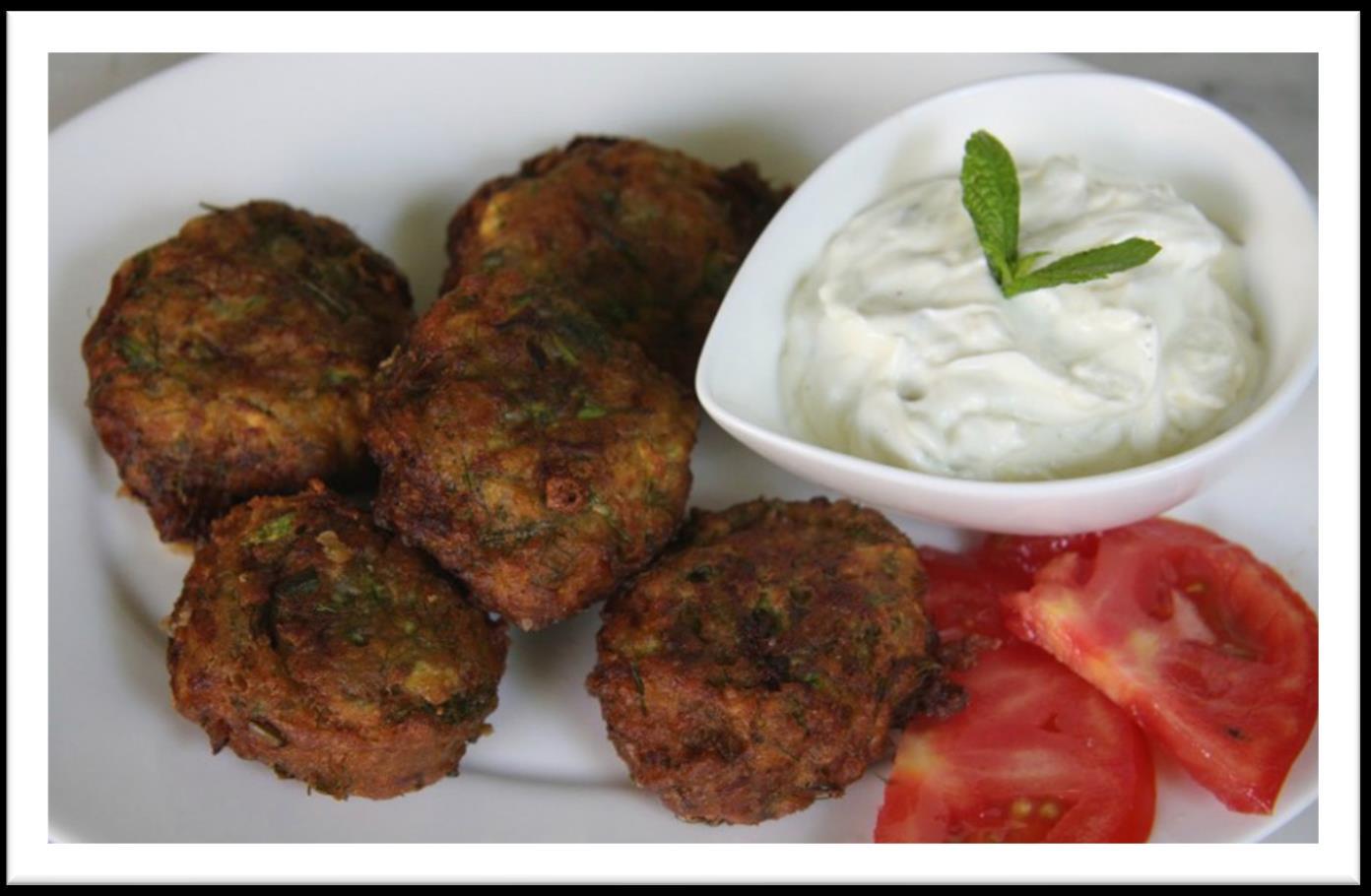

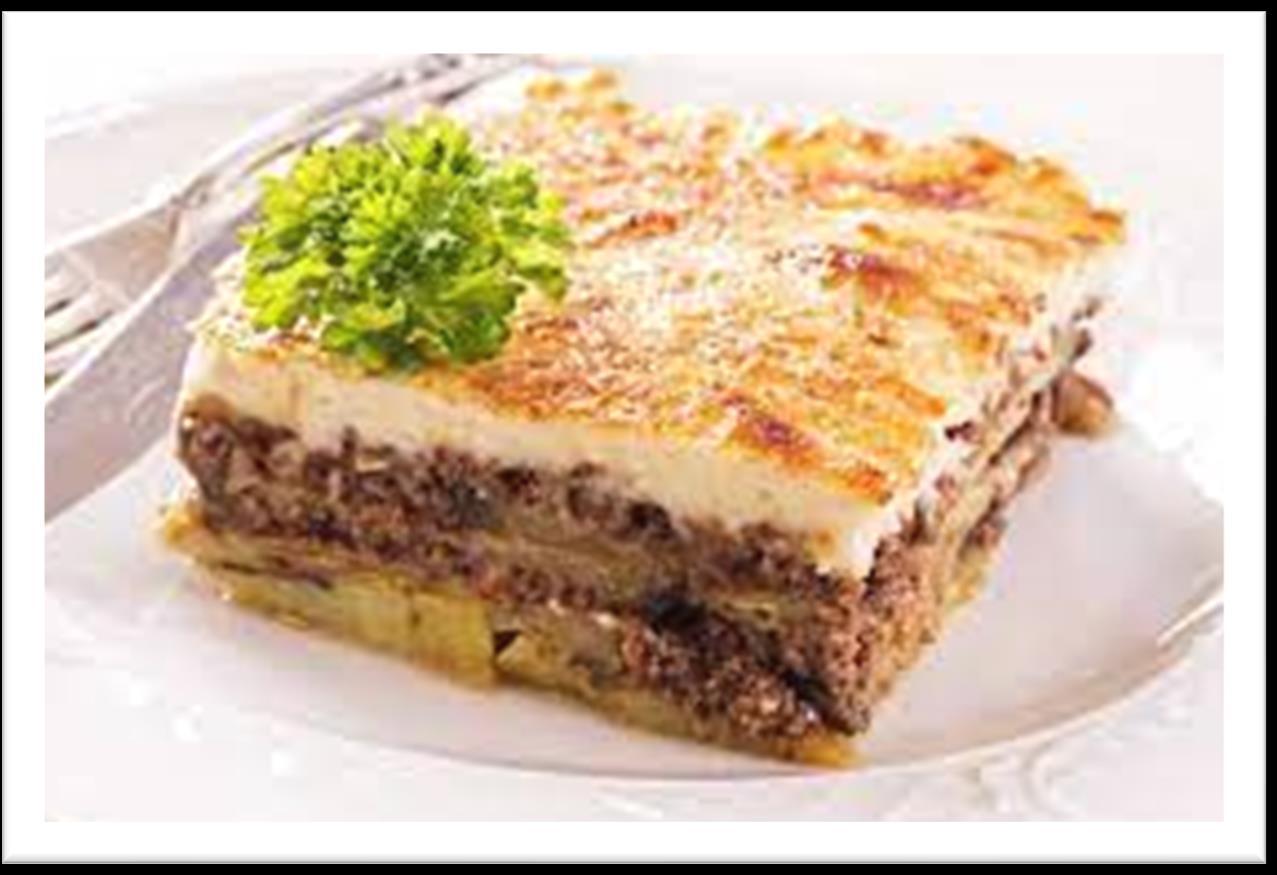





The County of Hunedoara is located in the west of Romania, in the region of Transylvania. The county seat is located in the city of Deva, being the biggest in the county. Other important cities are: Hunedoara, Hațeg, Simeria, Petroșani and Orăștie.
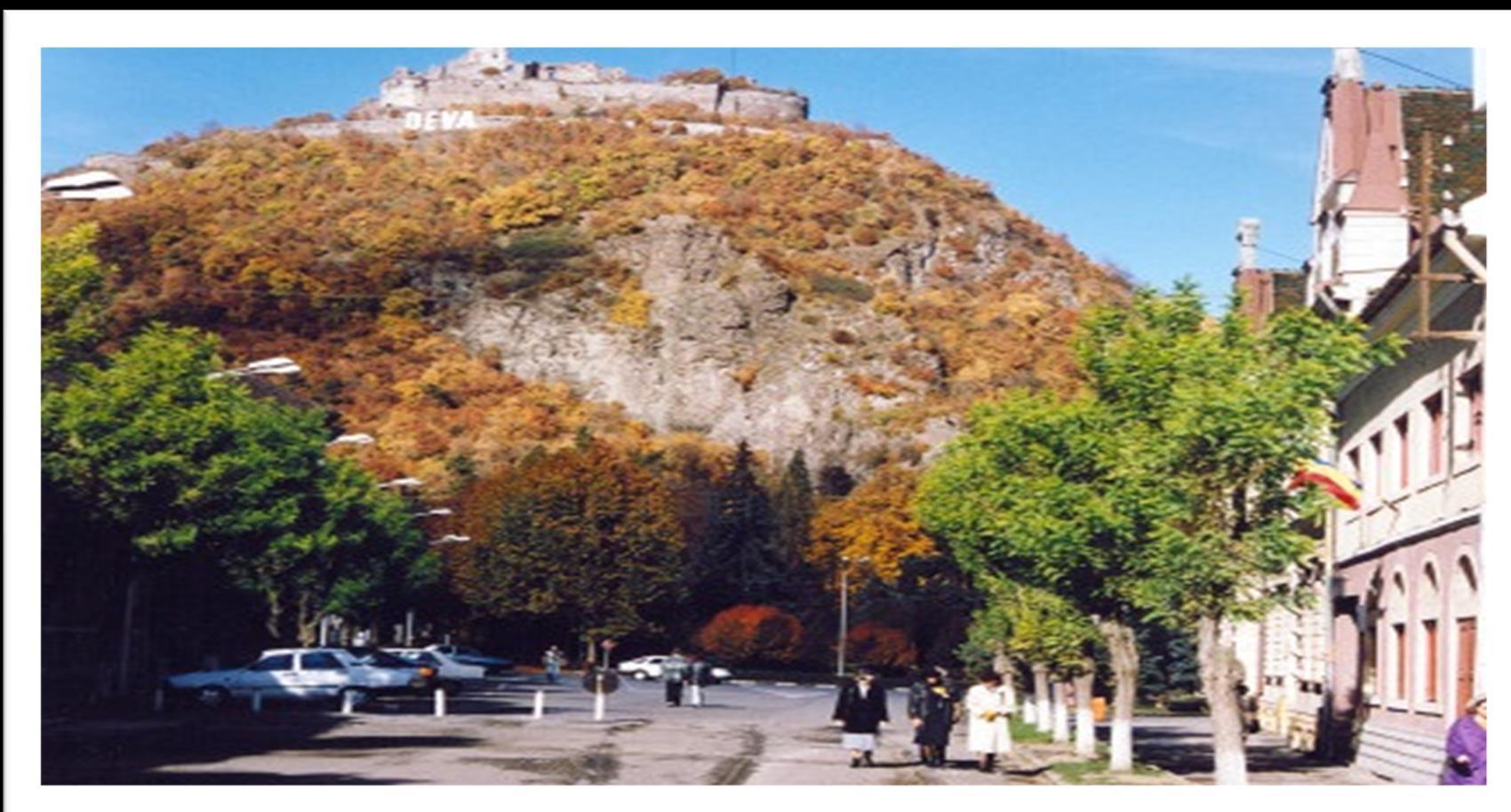
Hunedoara consists mainly of hilly terrain and in the south the relief is mountainous, the main mountain chain in the region being The Retezat Mountains.
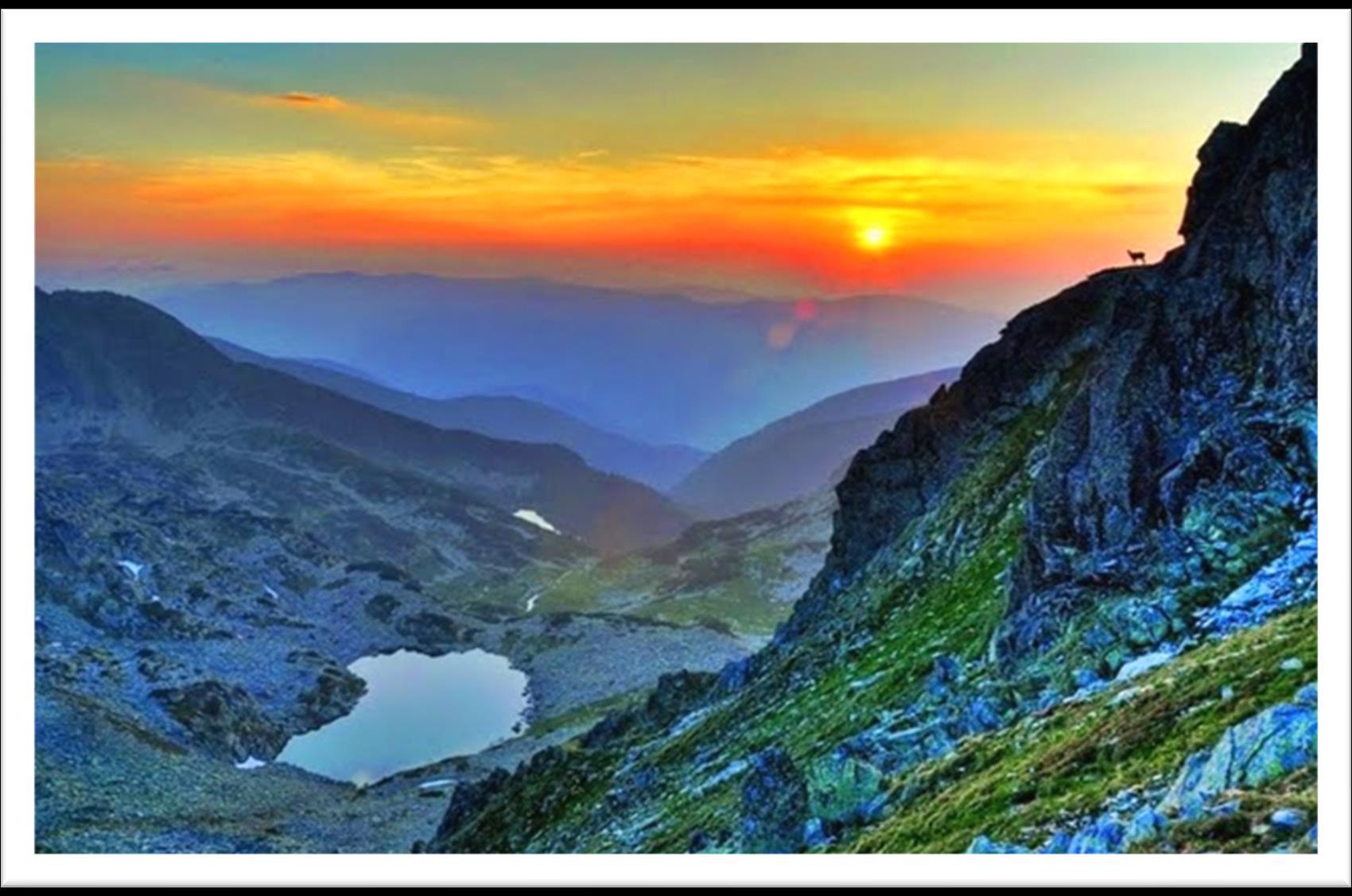


The county seat is located in the city of Deva, being the biggest in the county. The treasure of the city is the fortress of Deva.

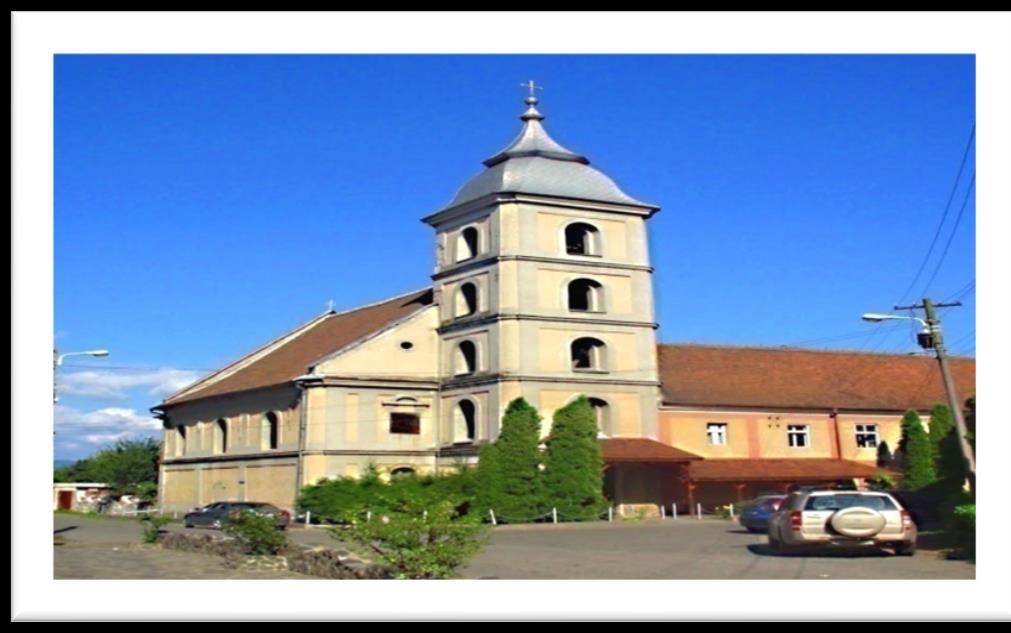

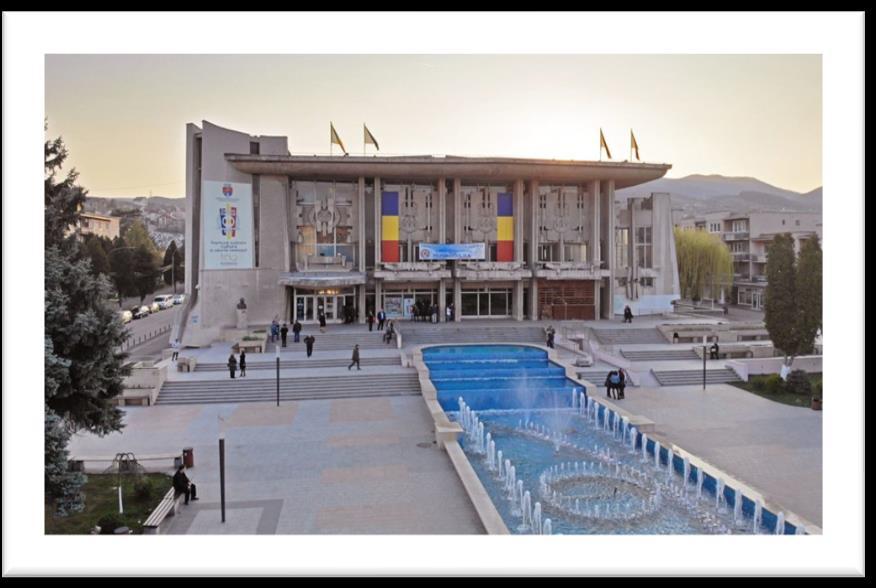


The fortress was built by Bela IV of Hungary.The first evidence of the medieval Deva Fortress dates back to the second half of the 13th century.


